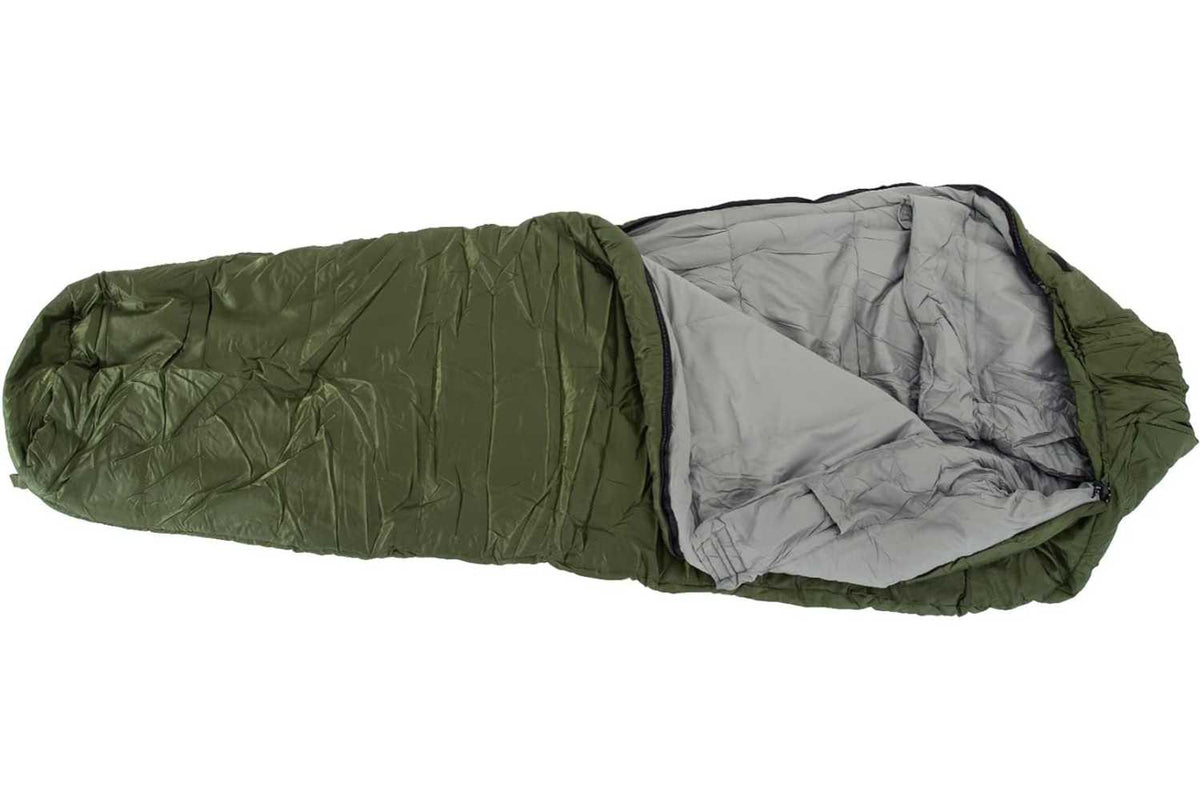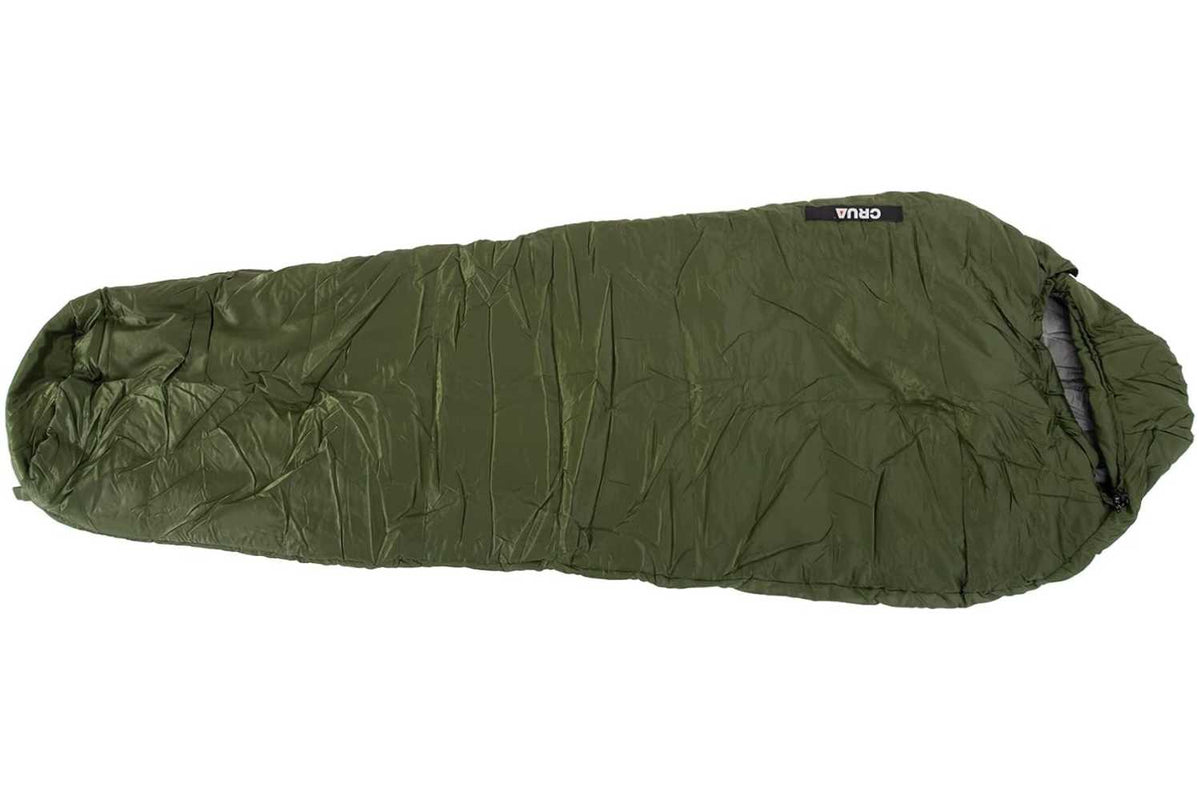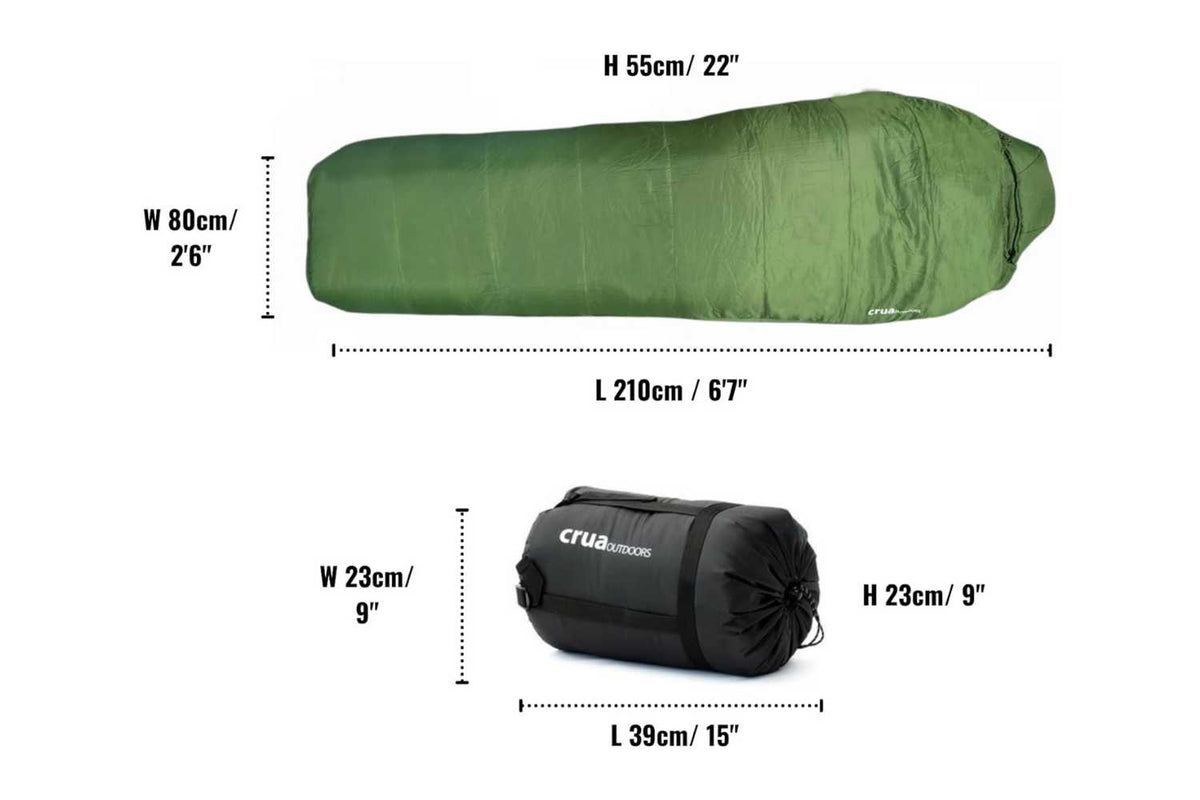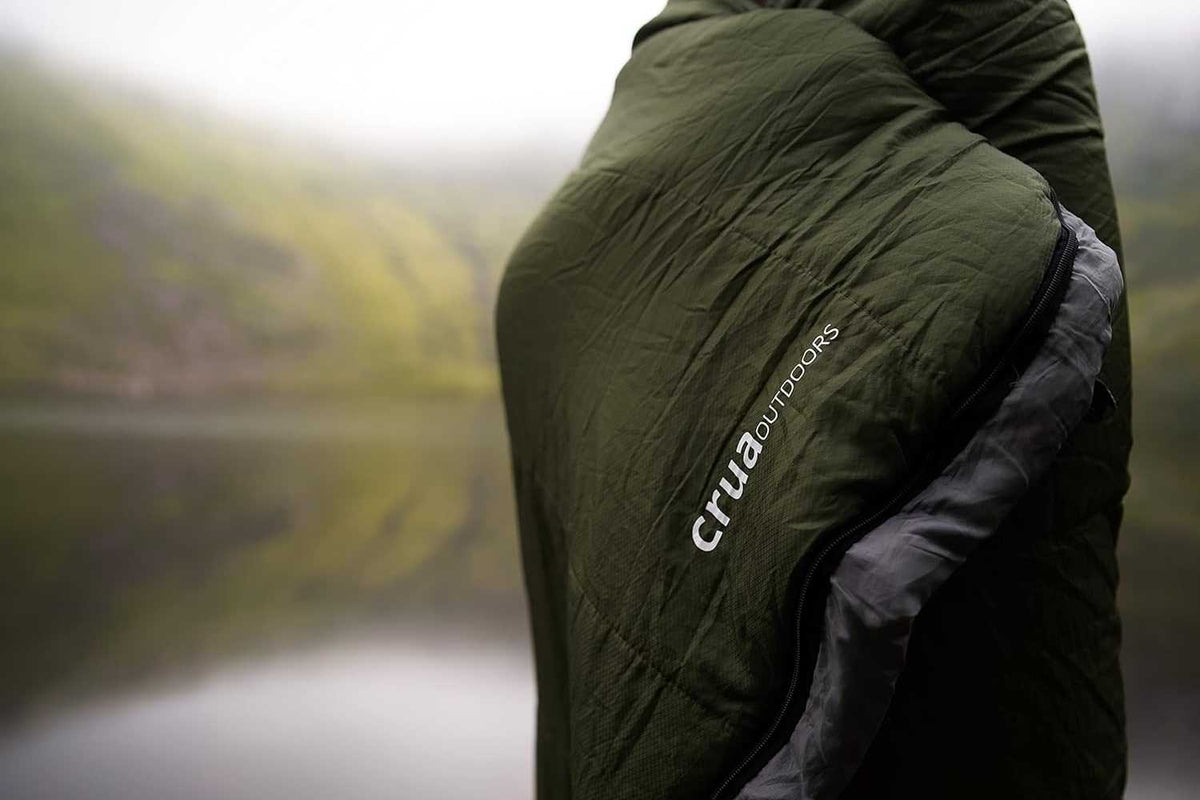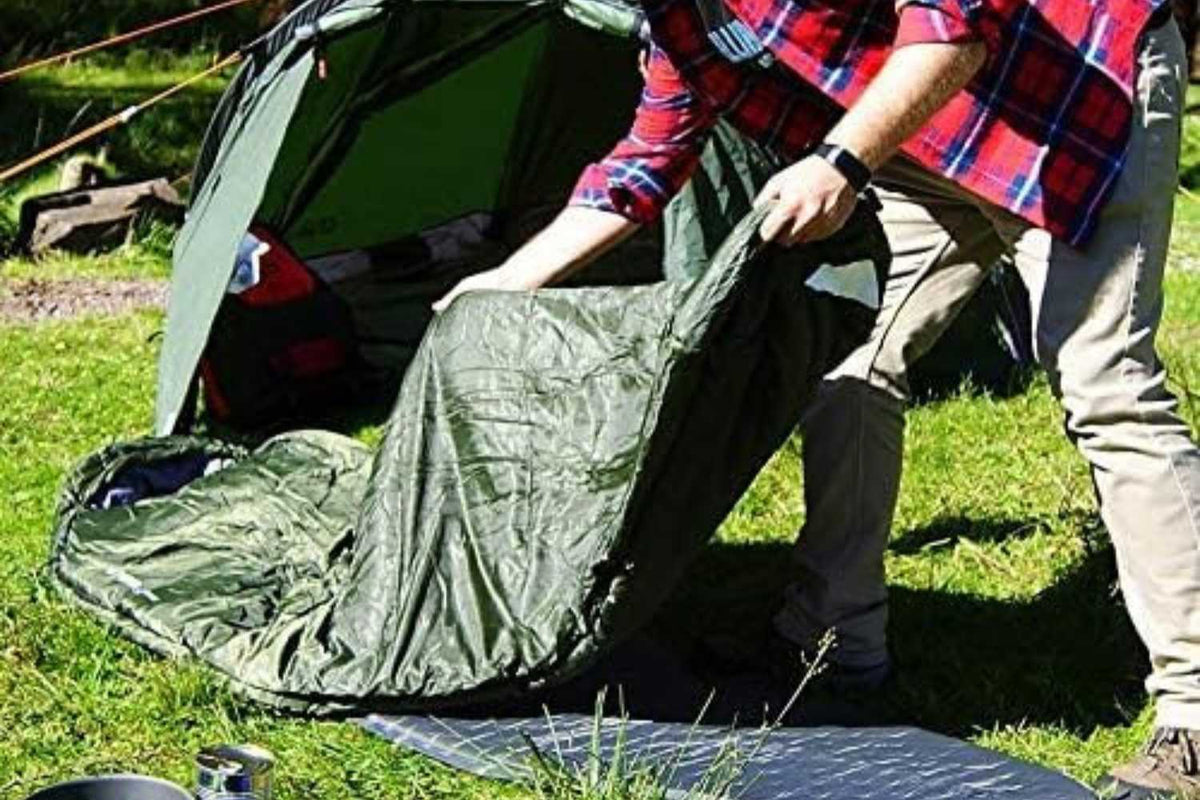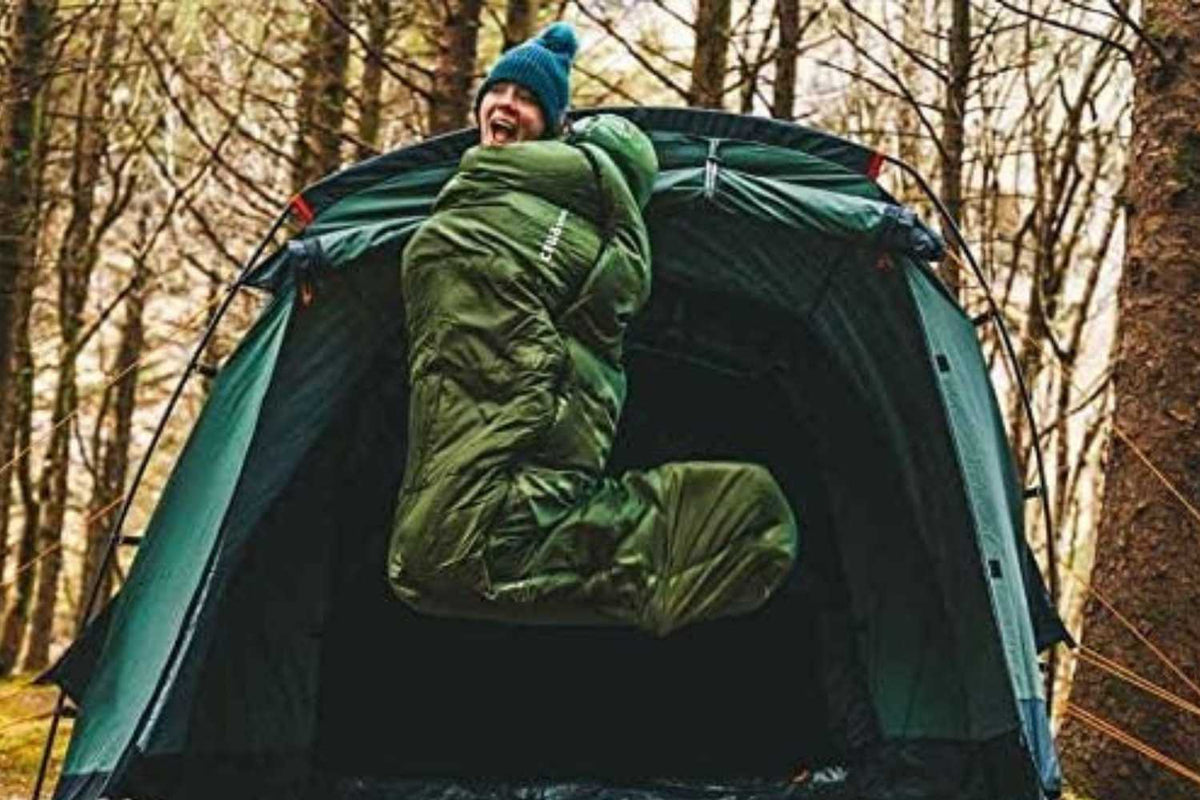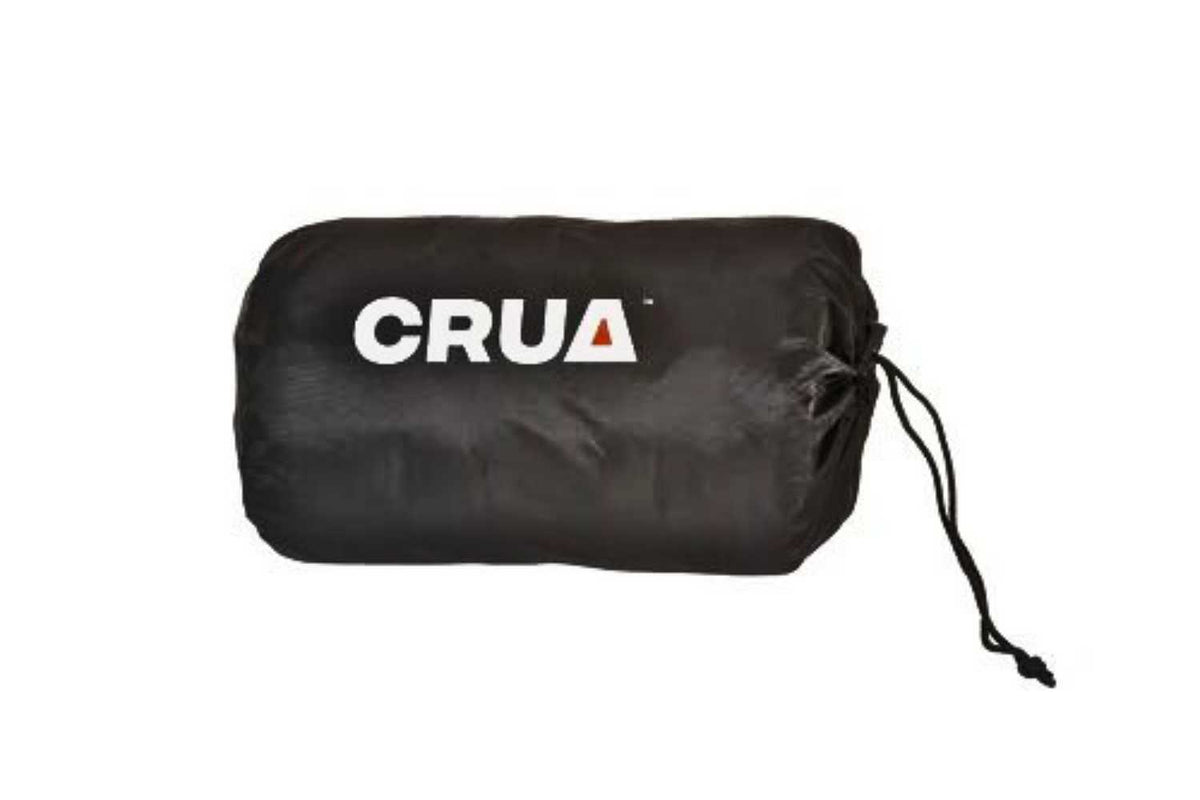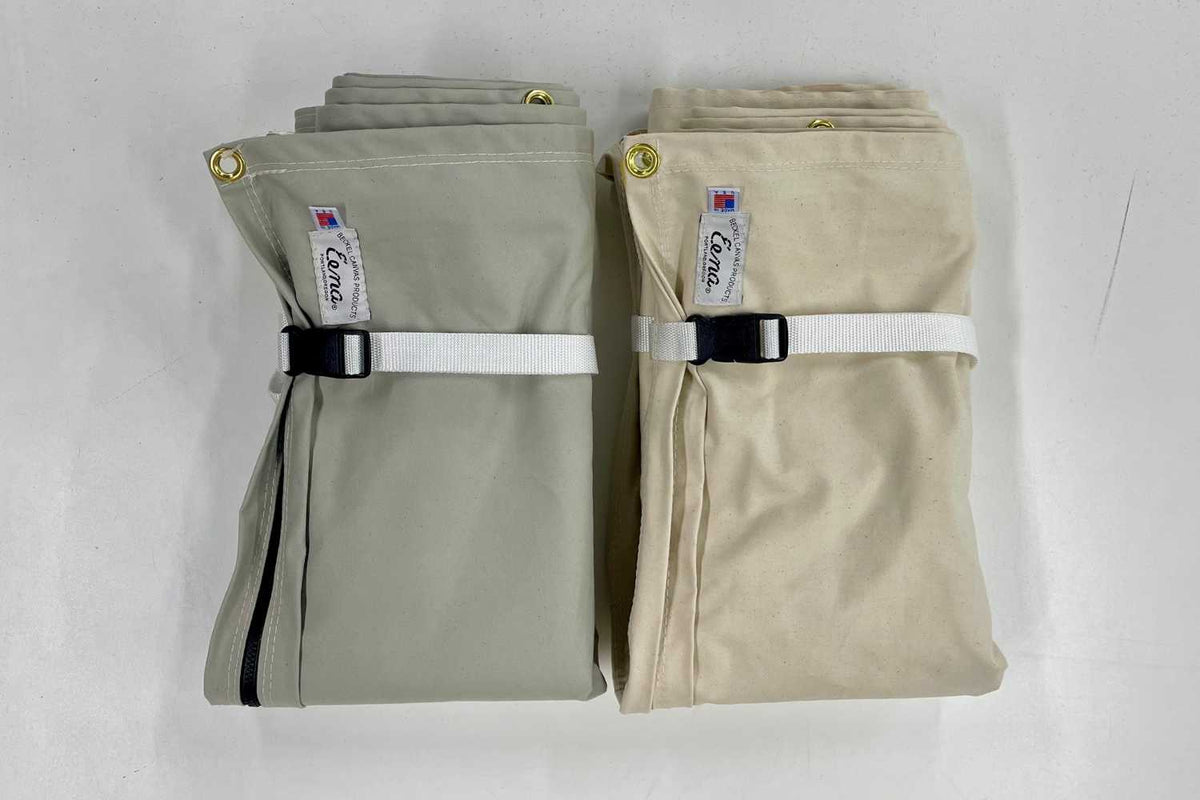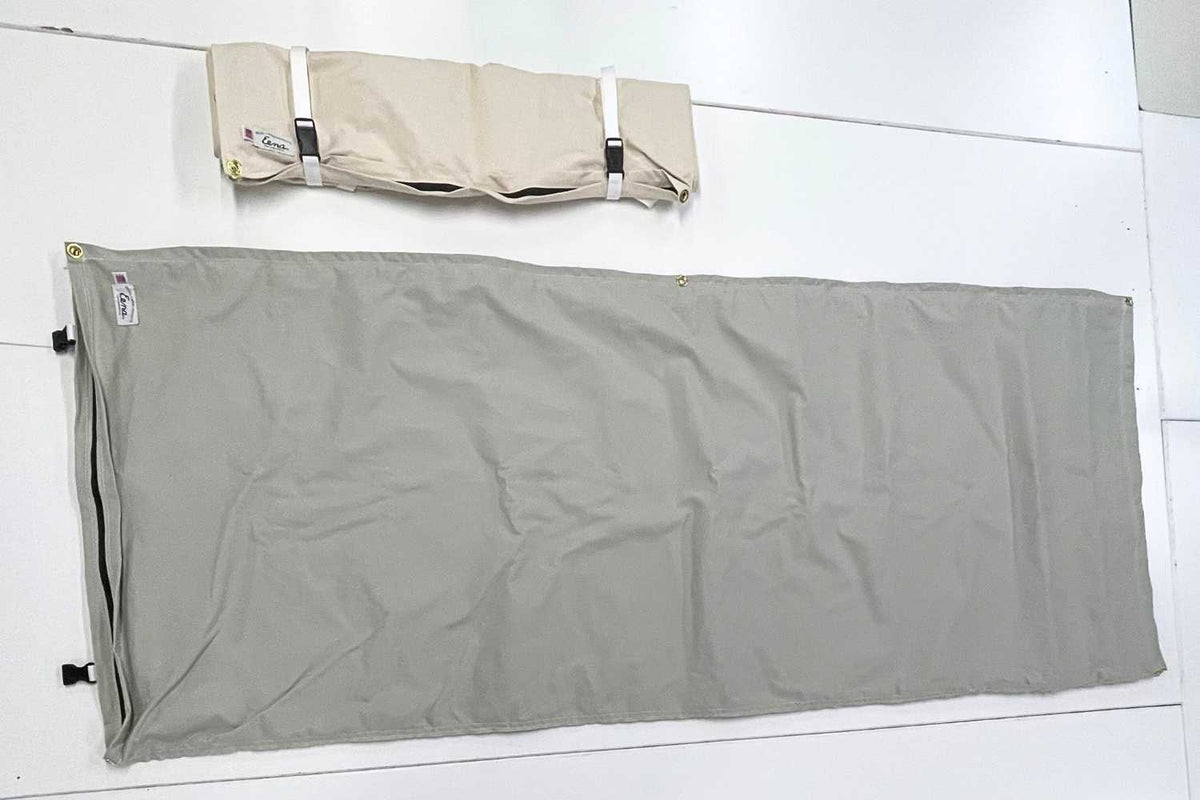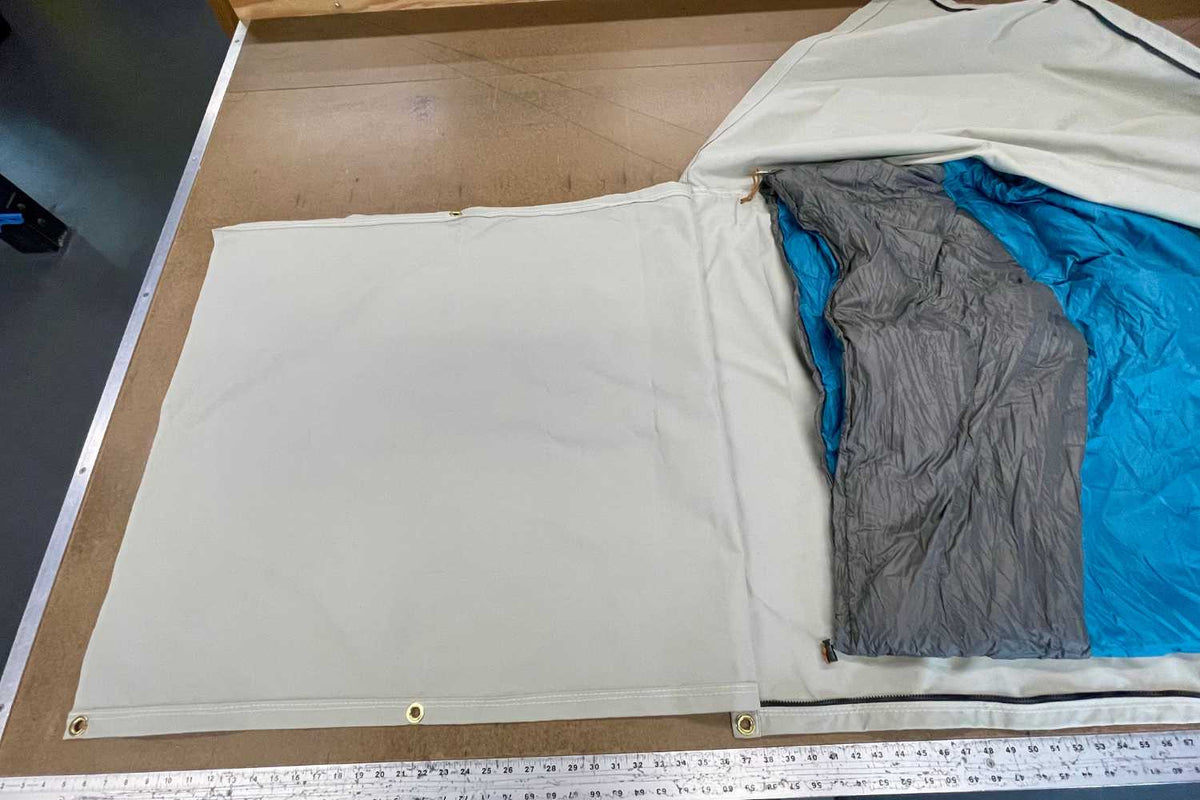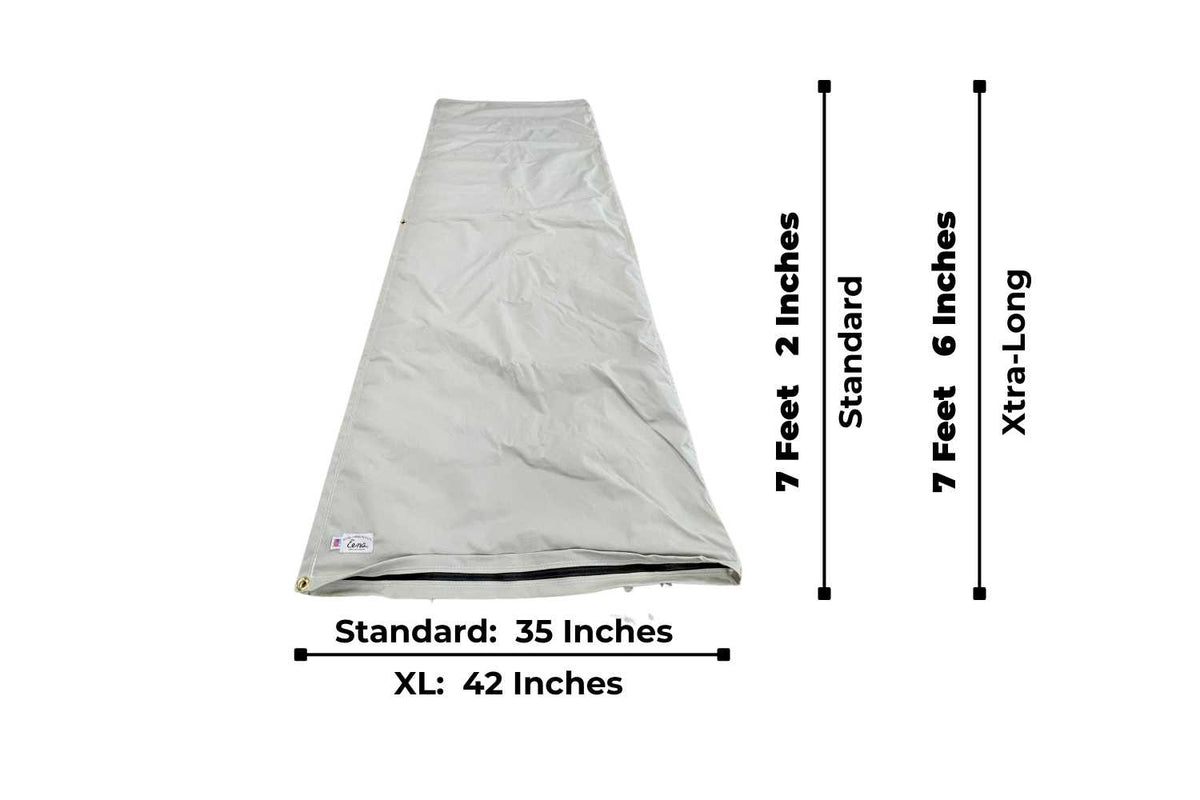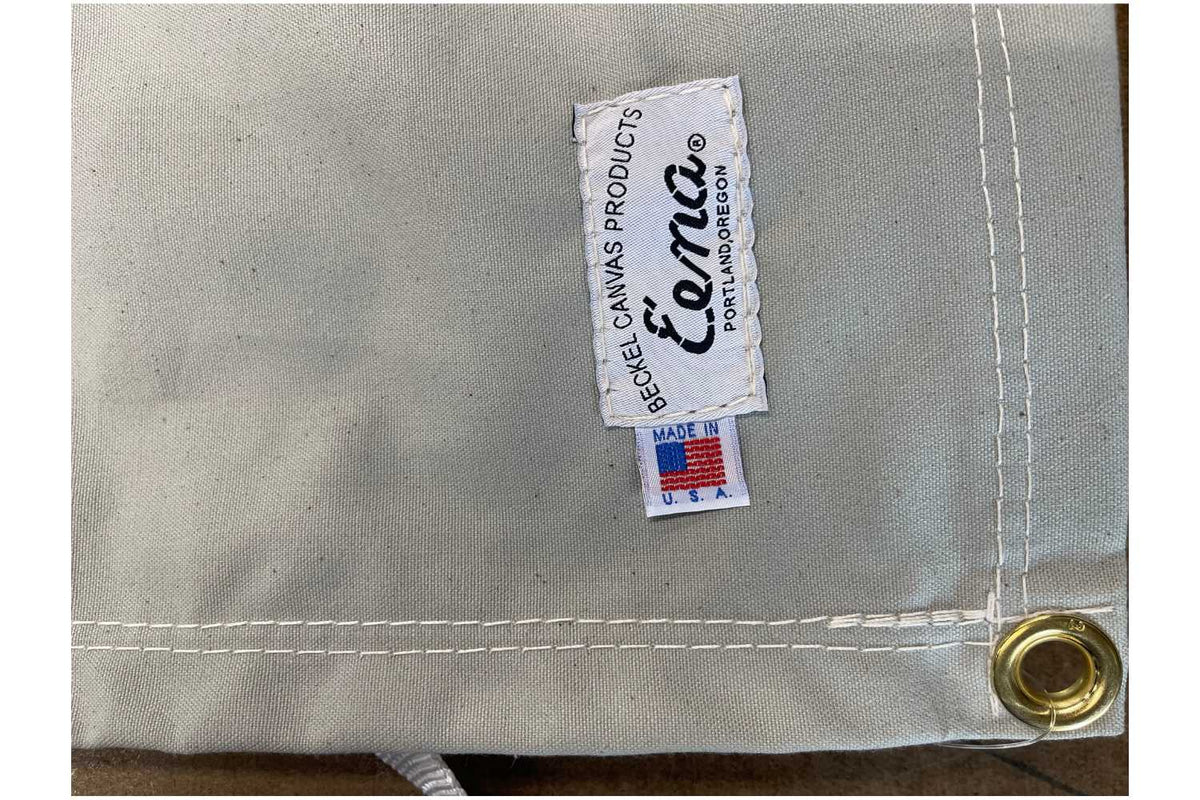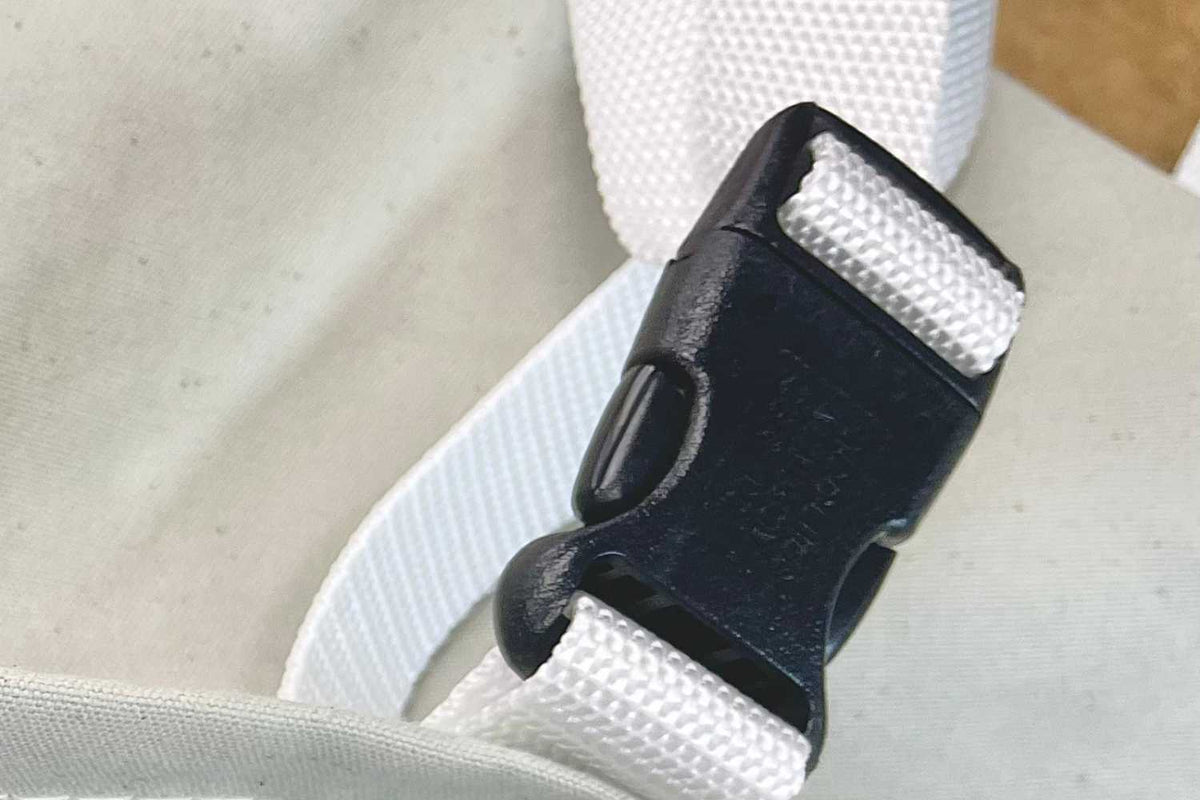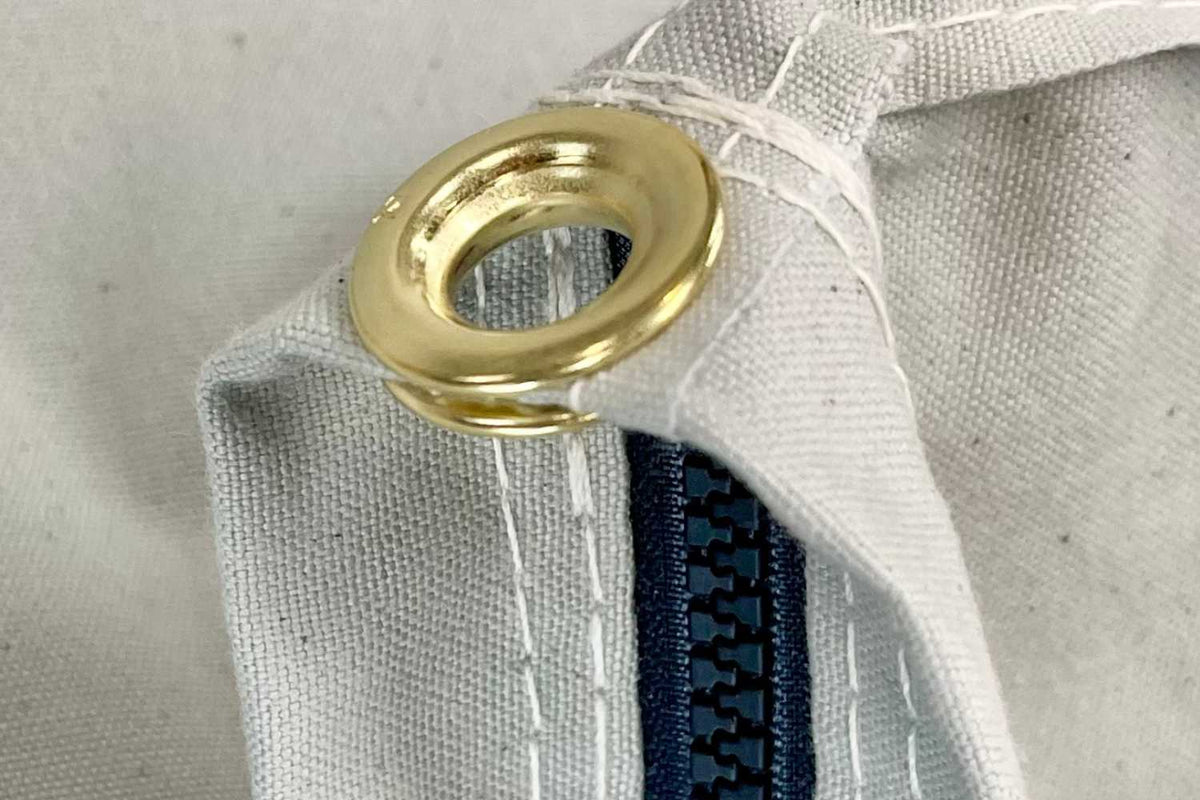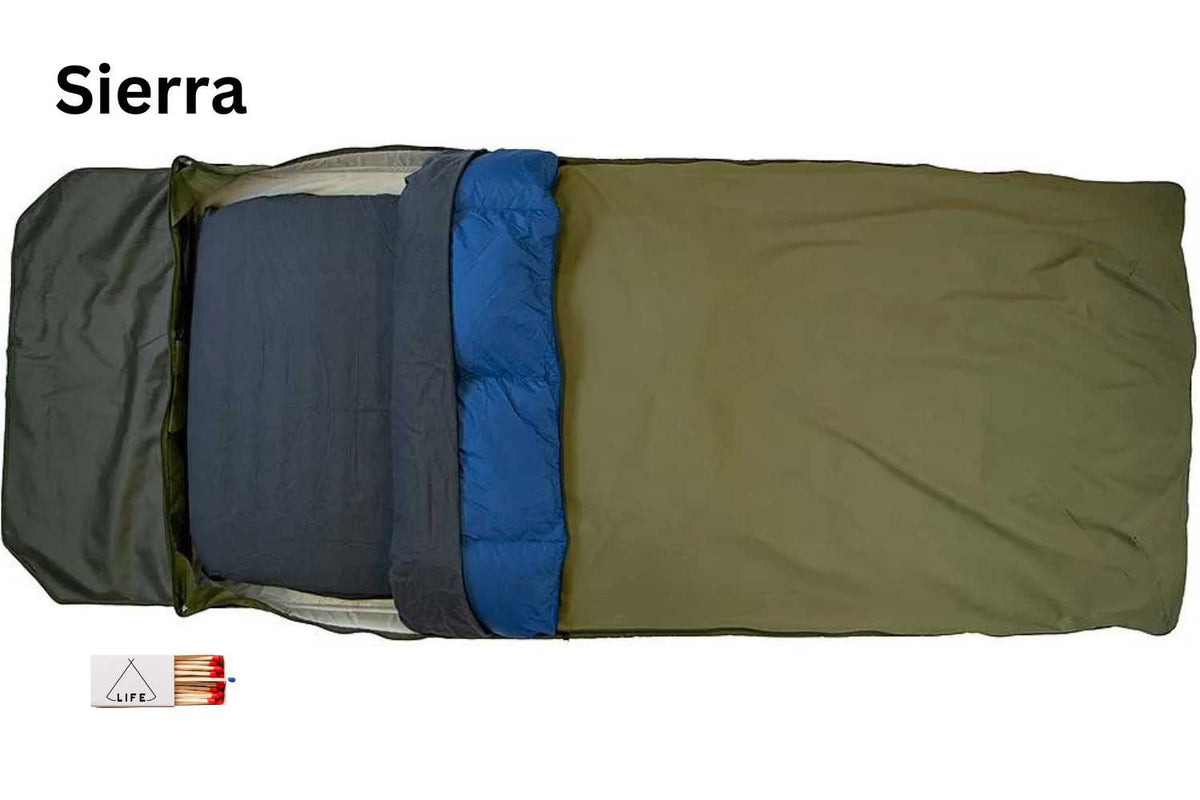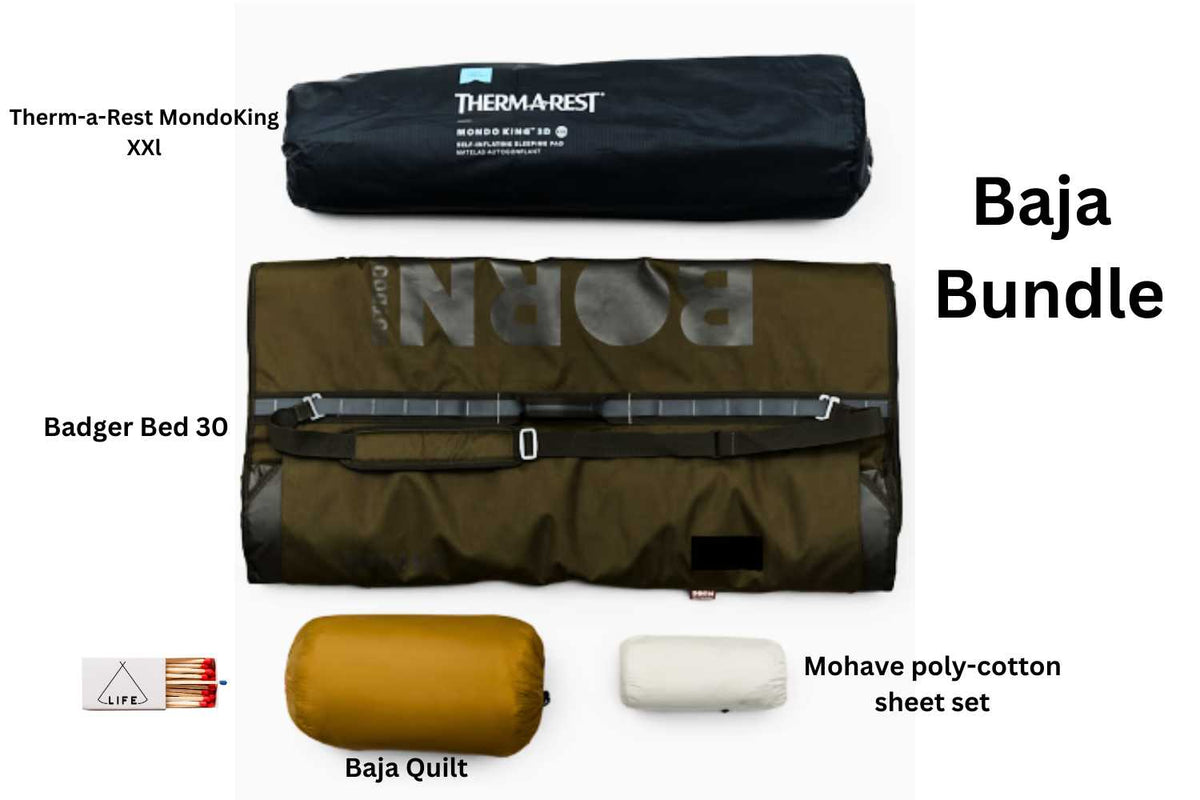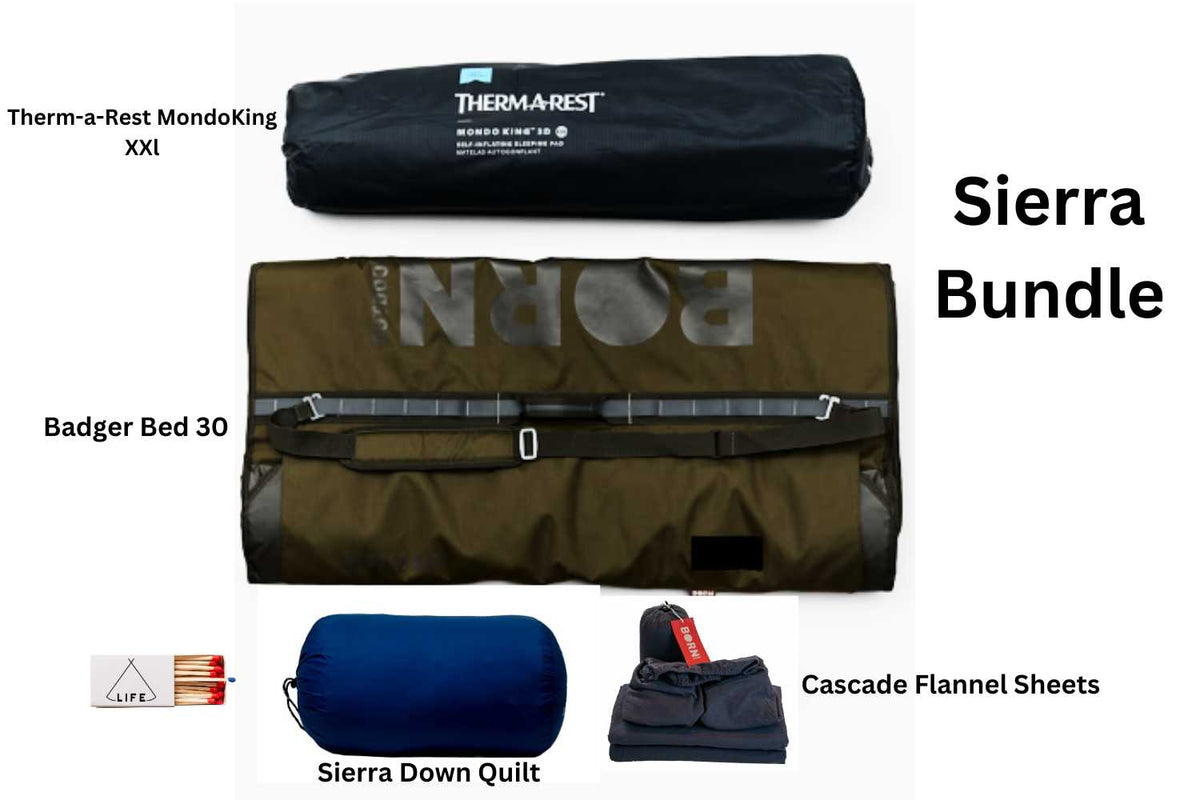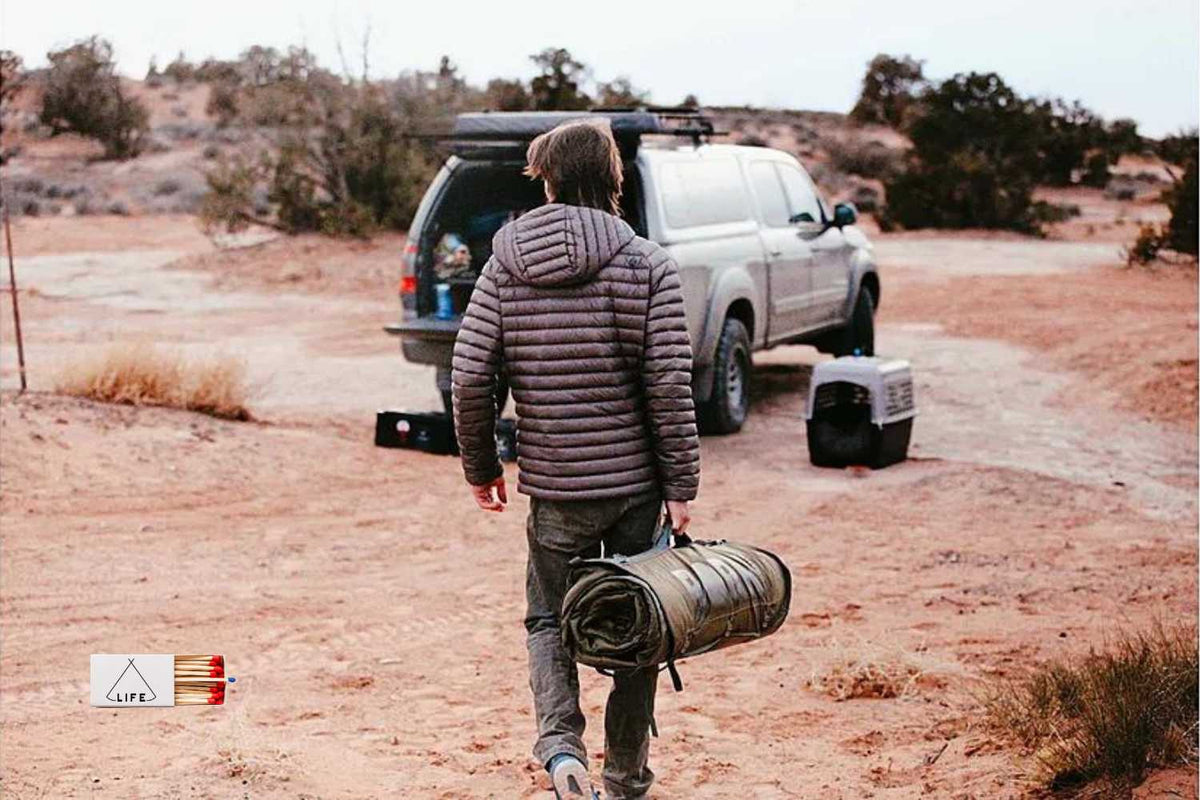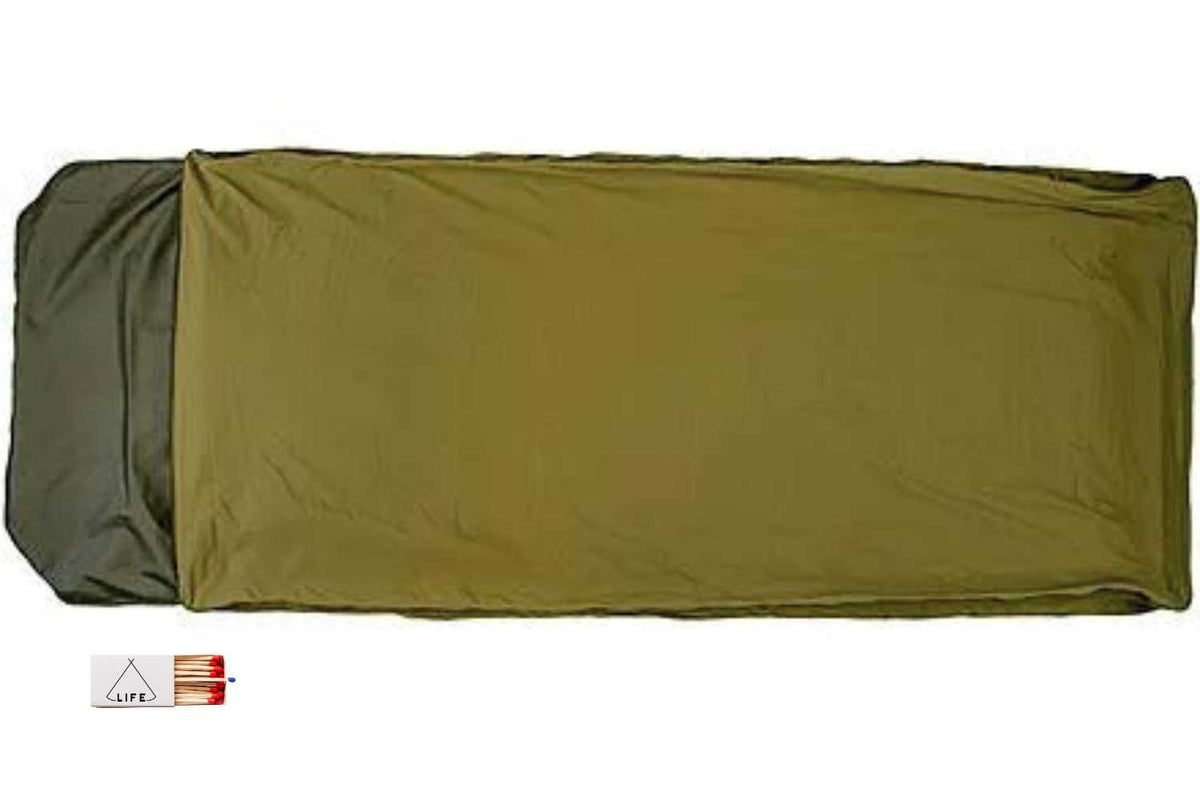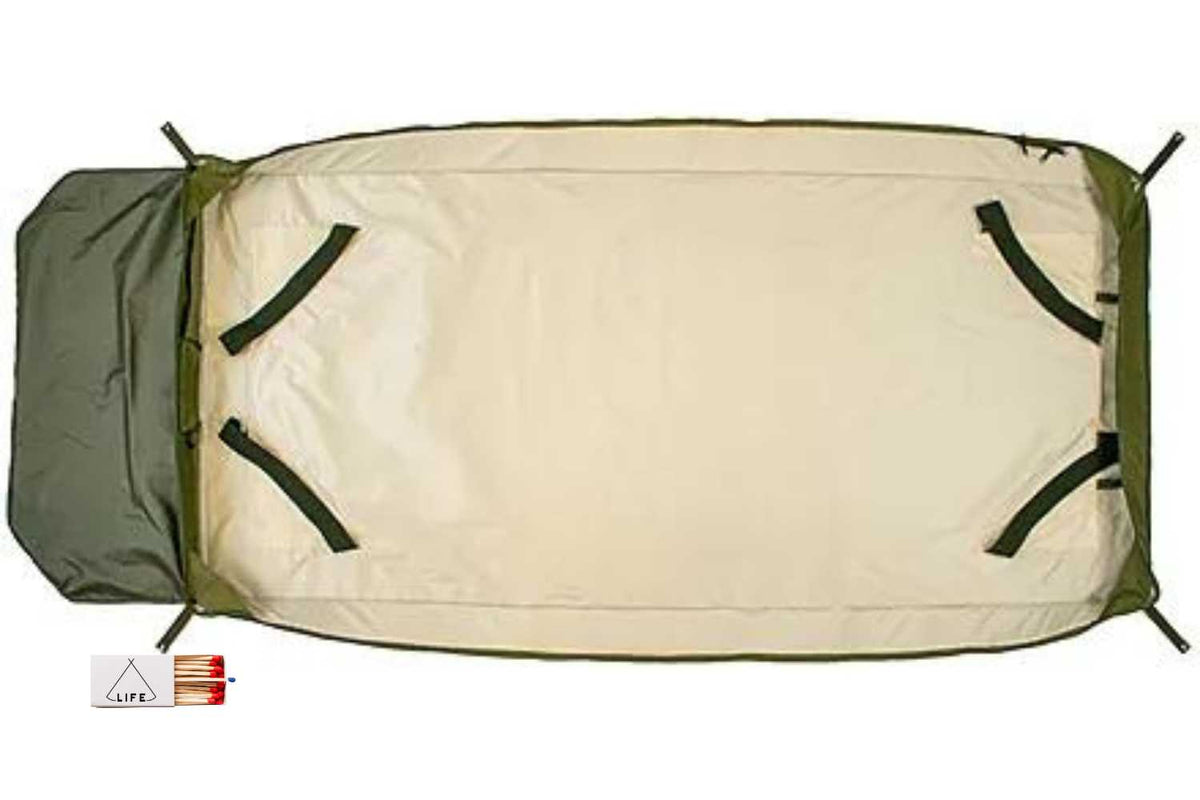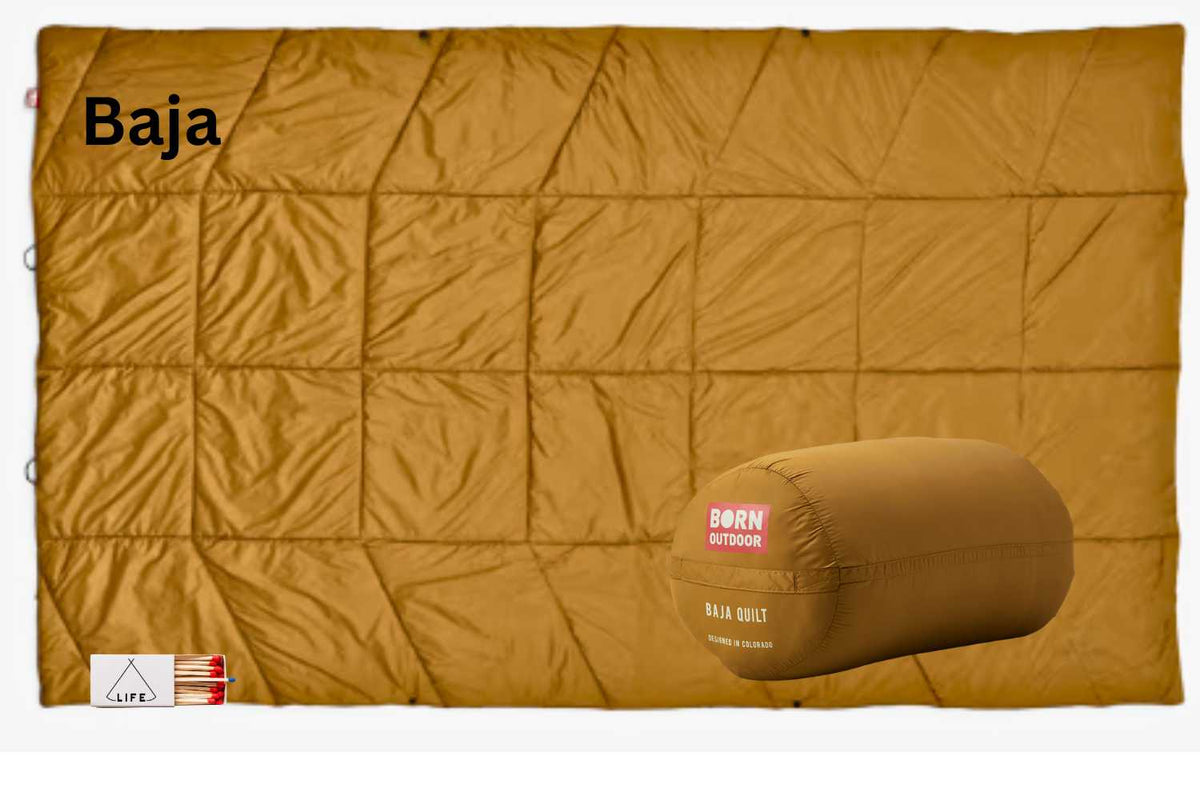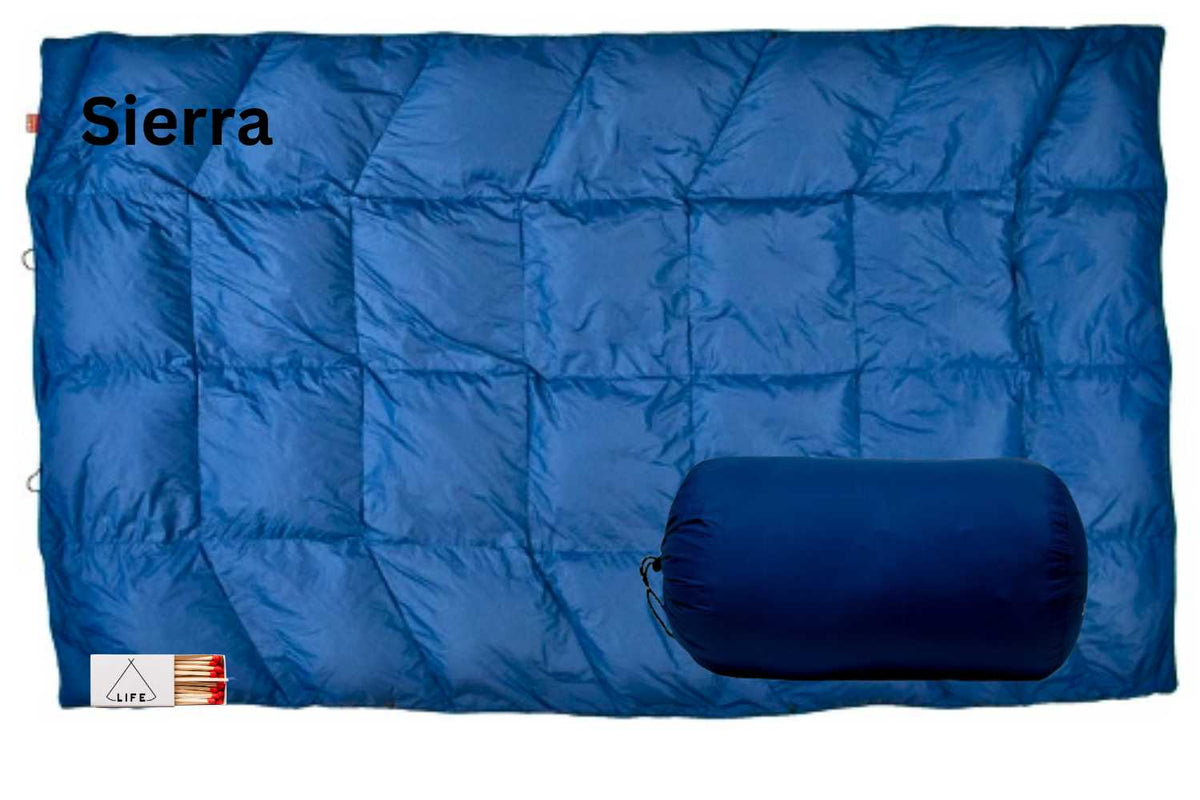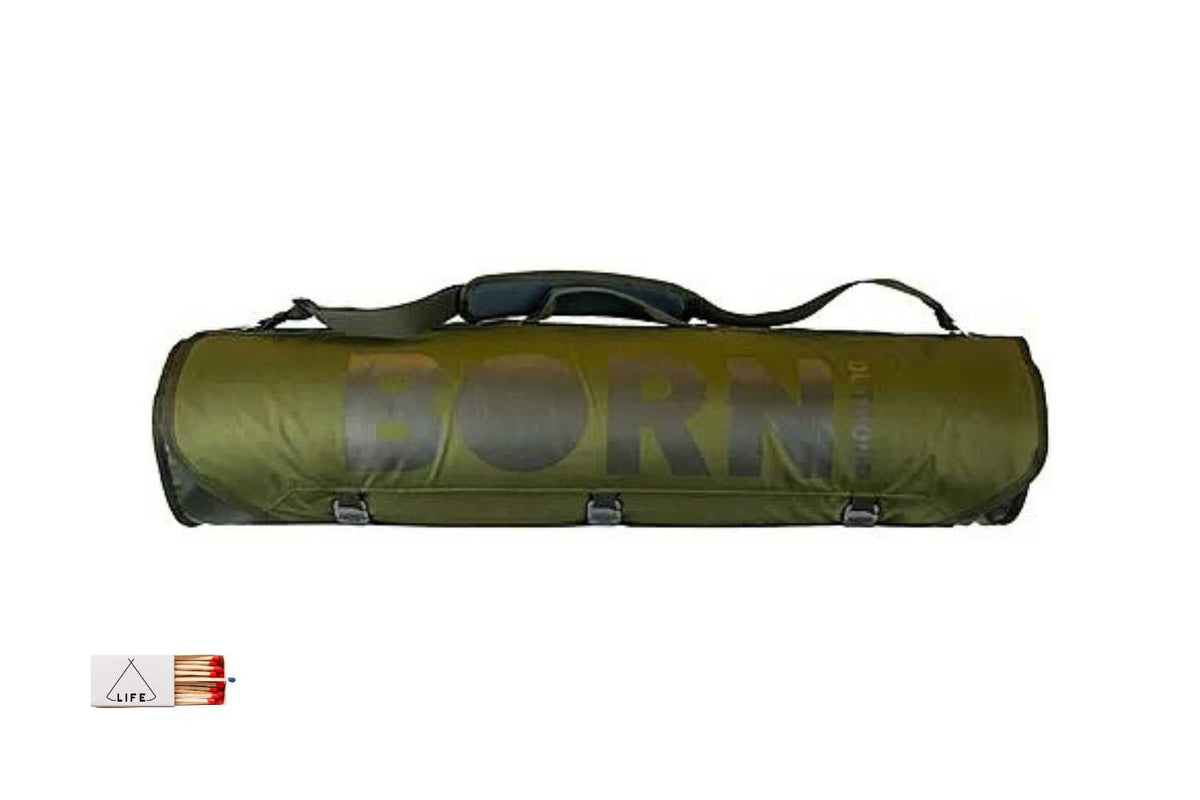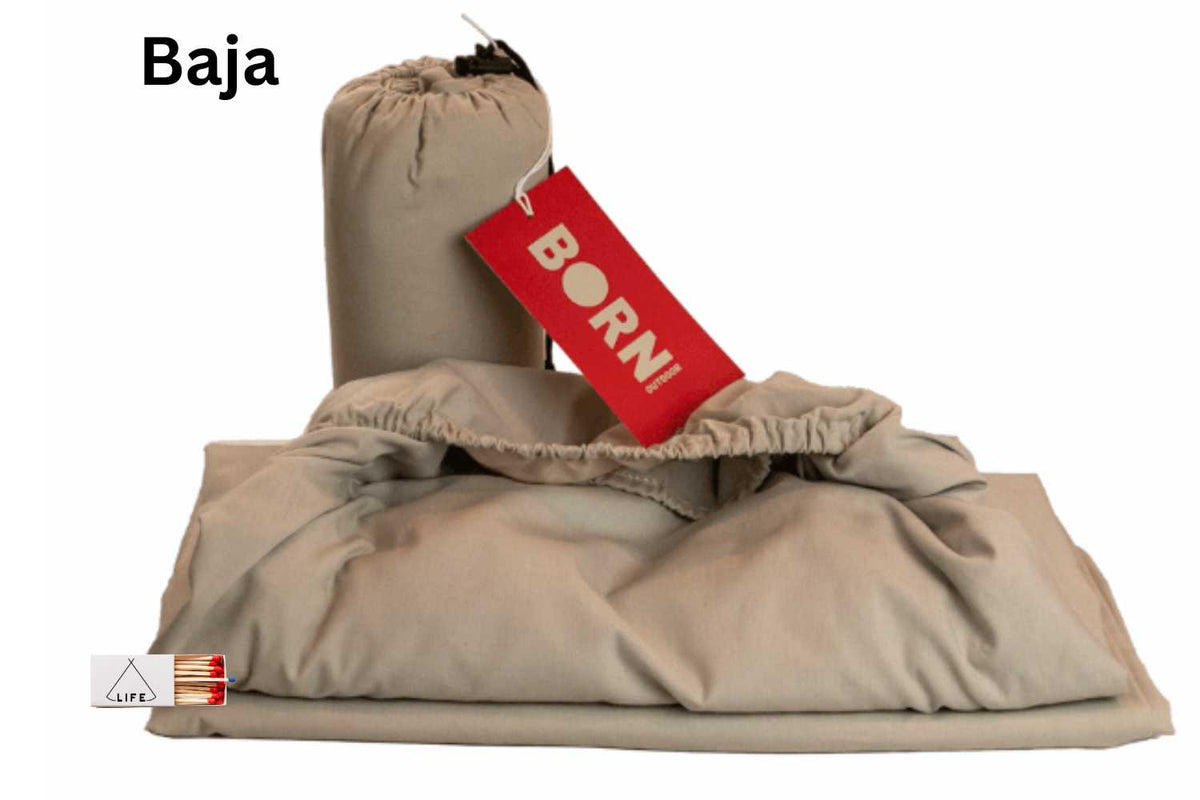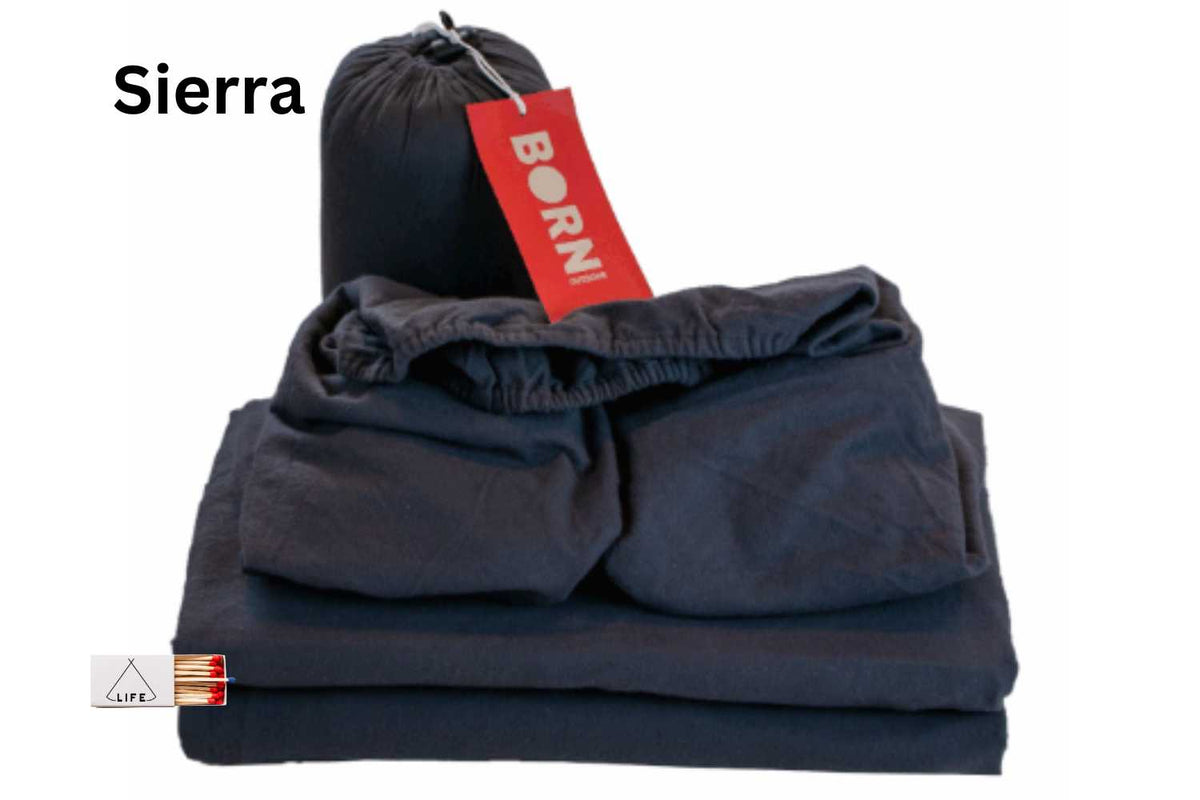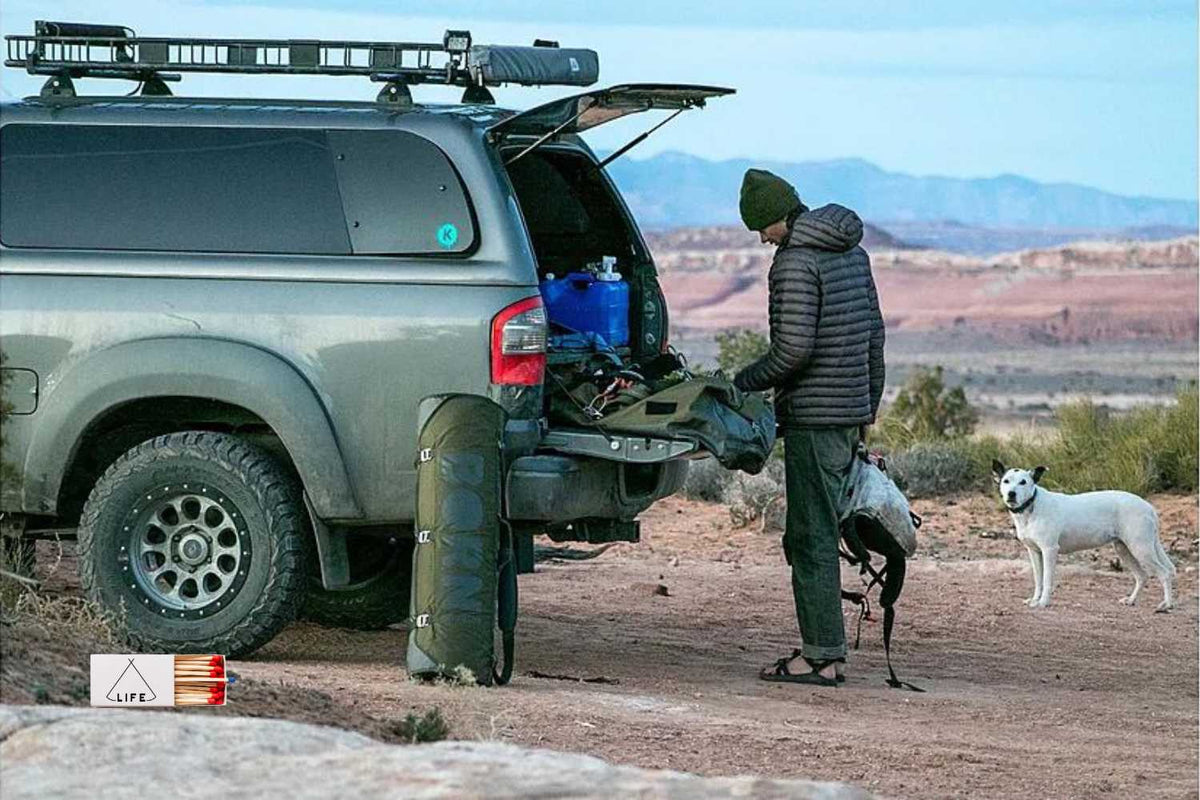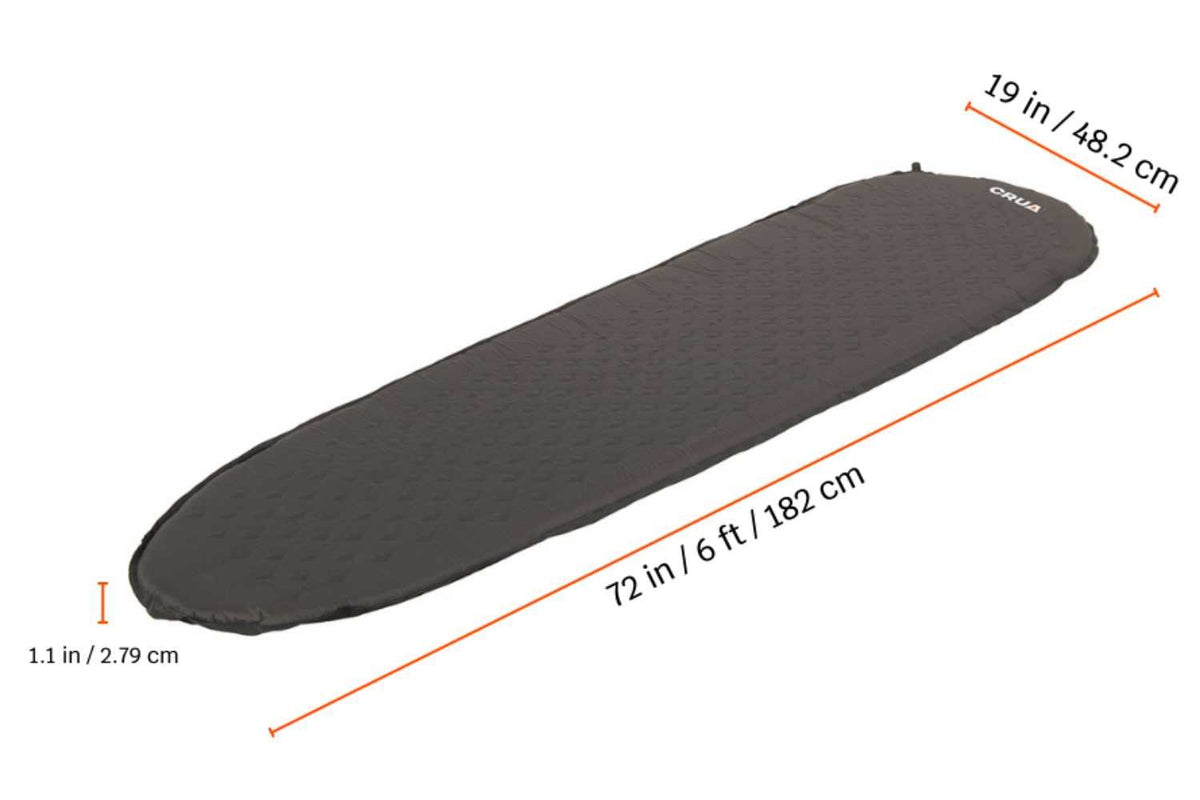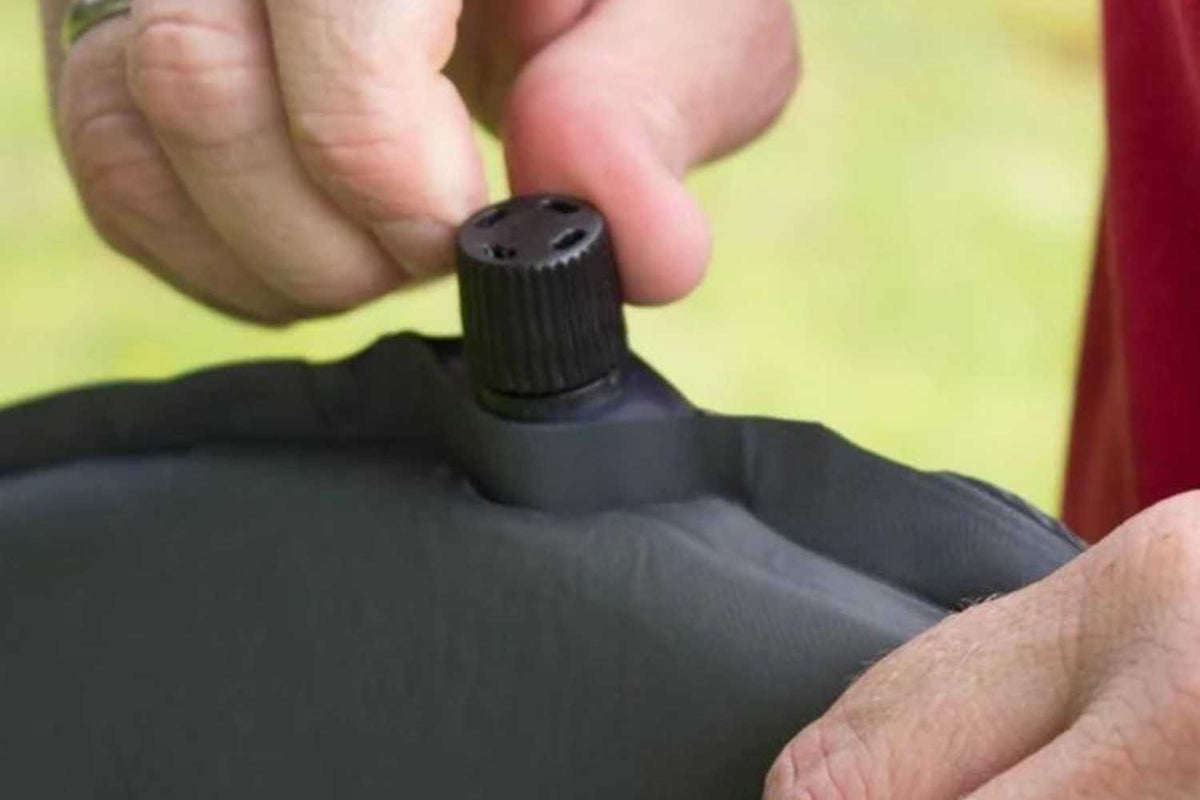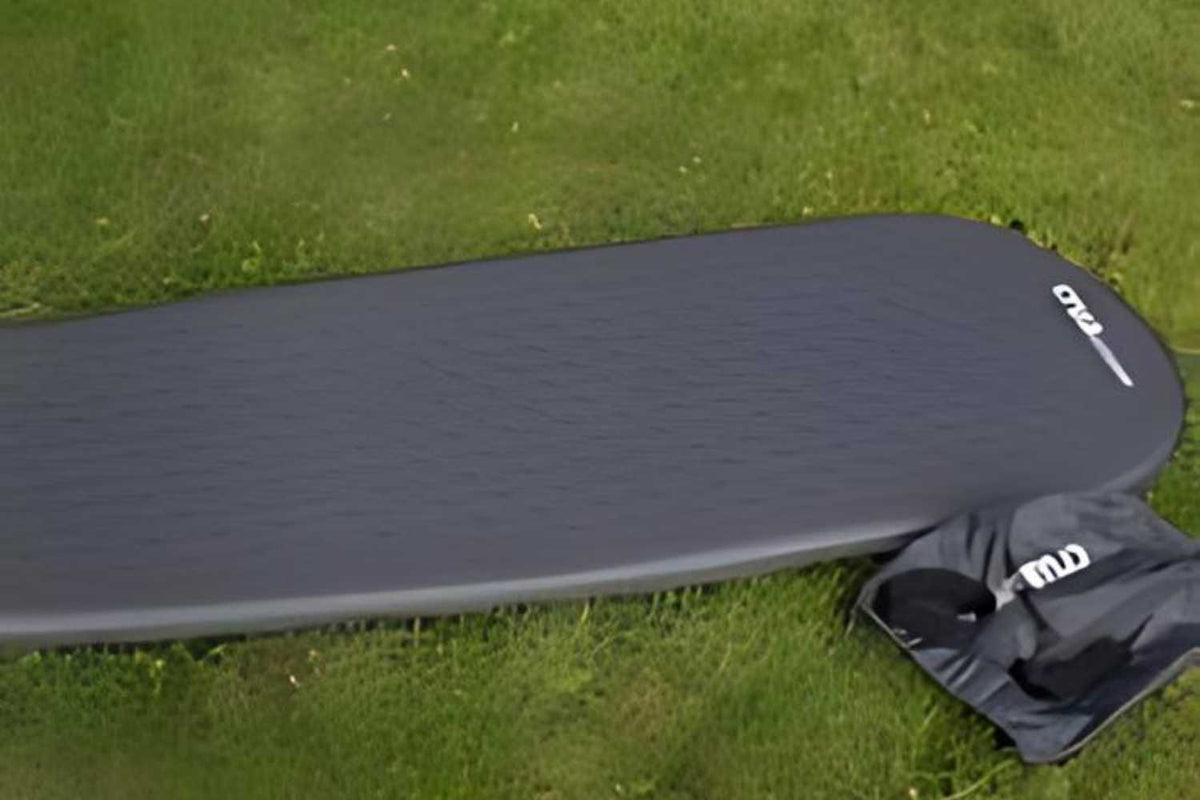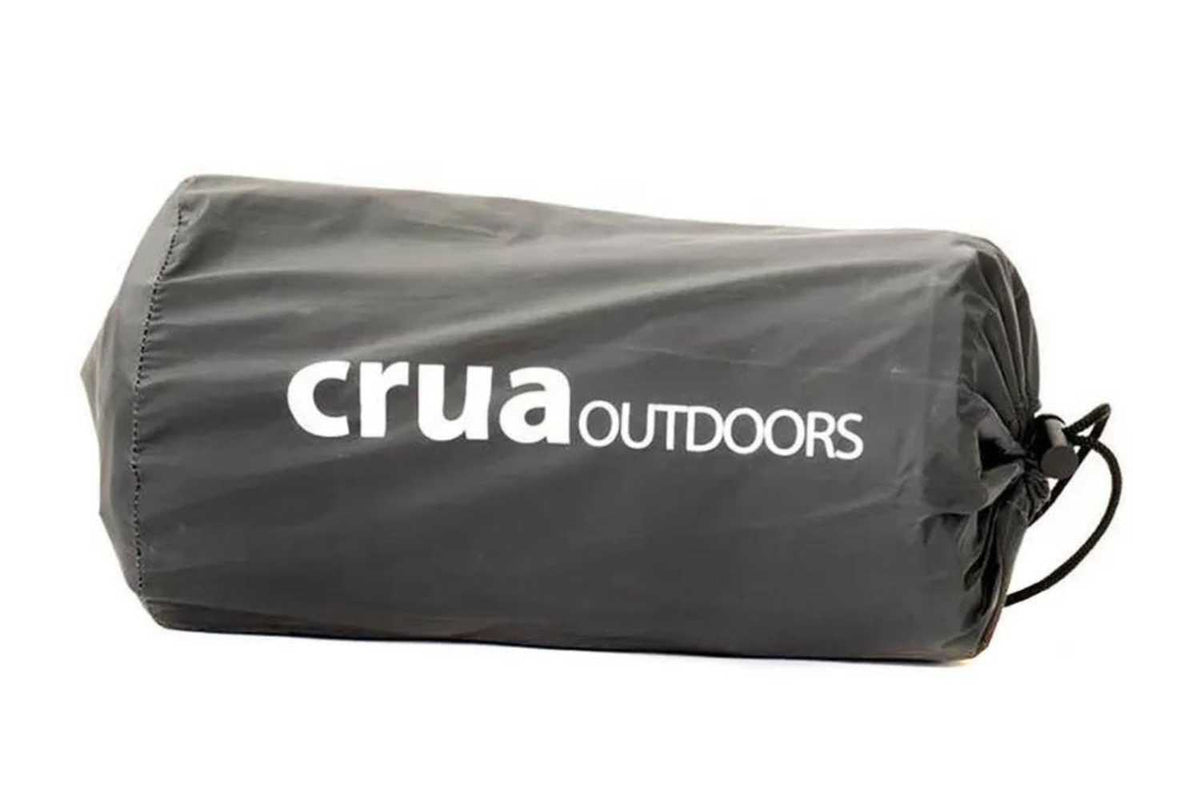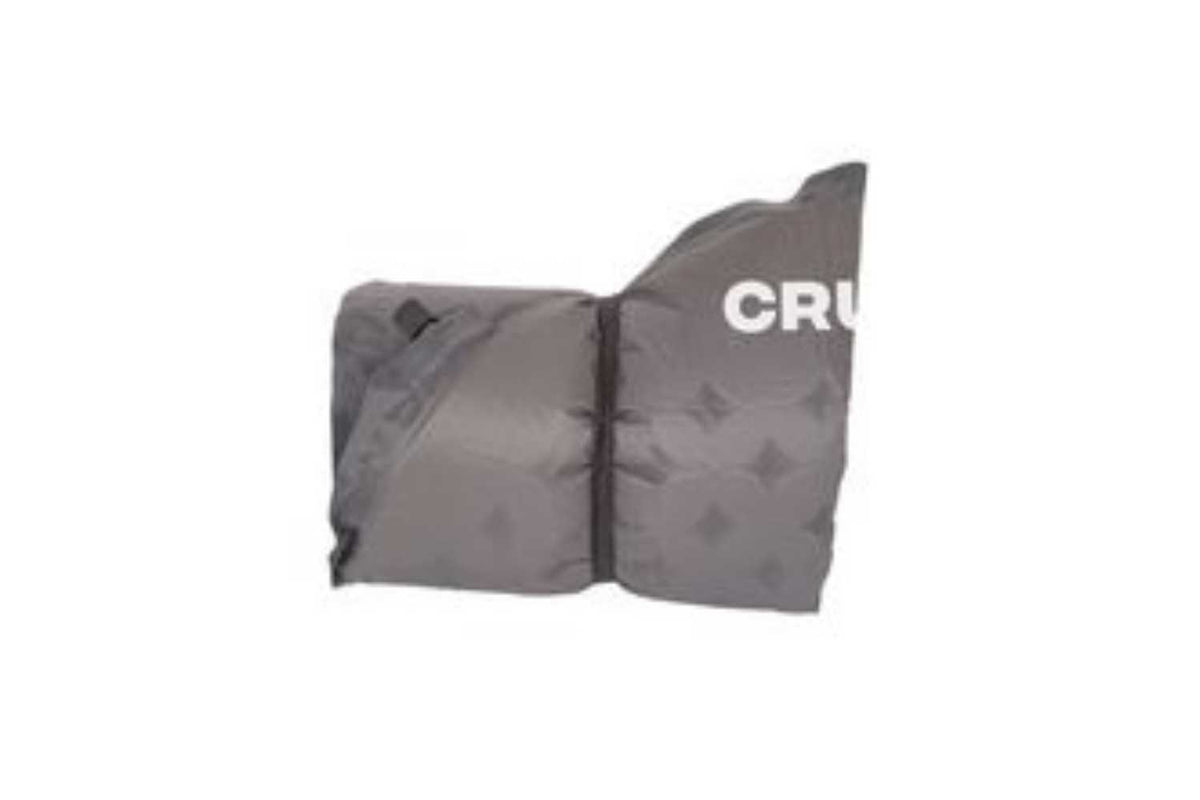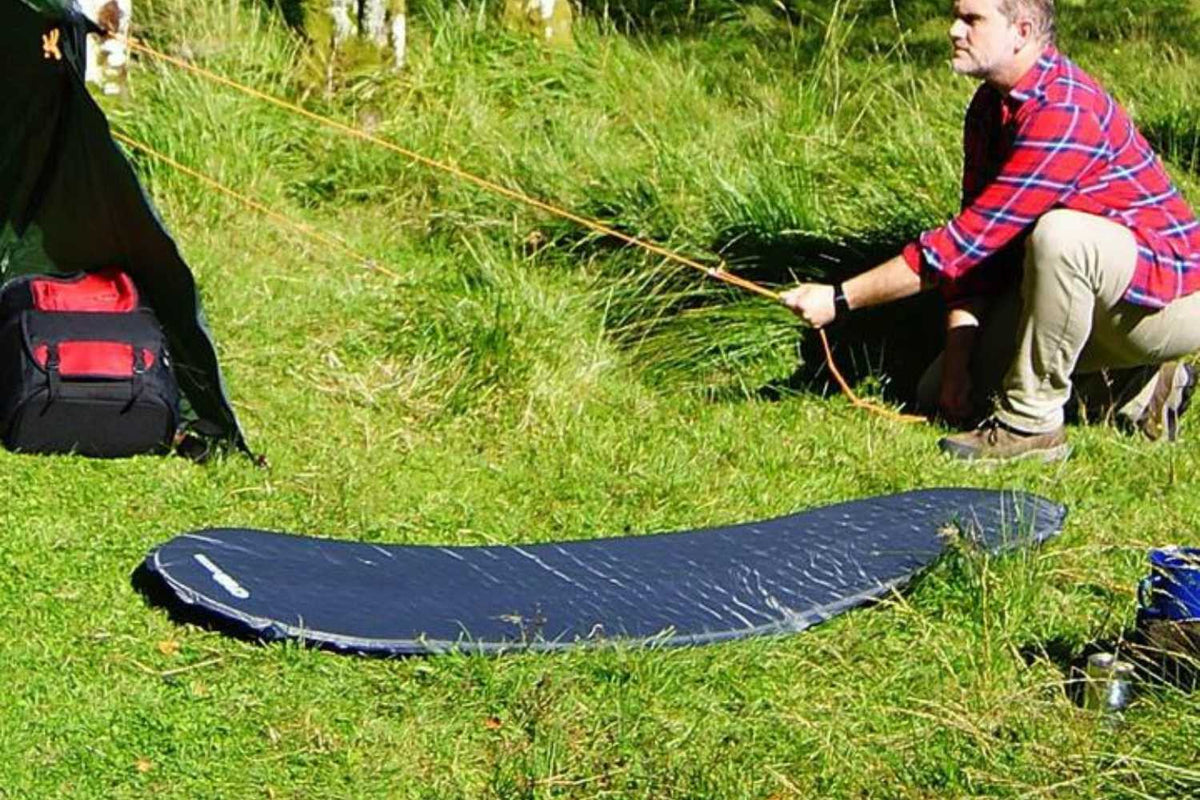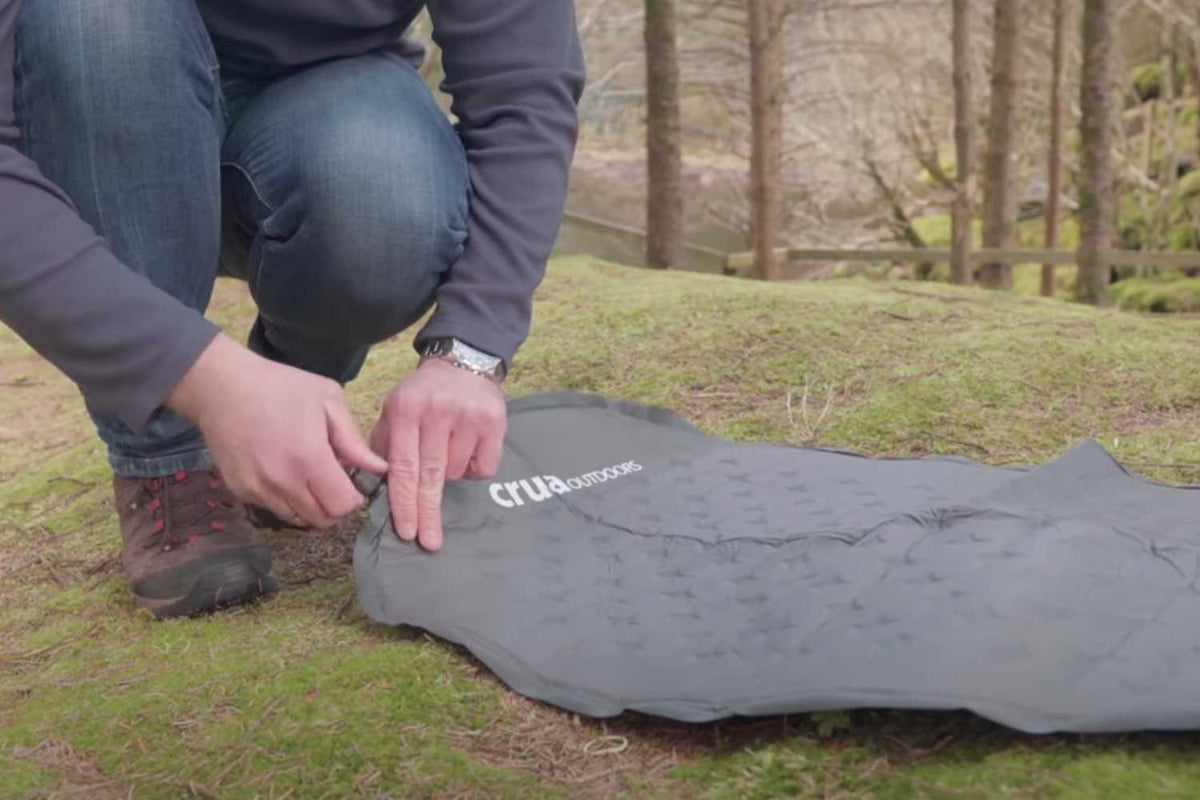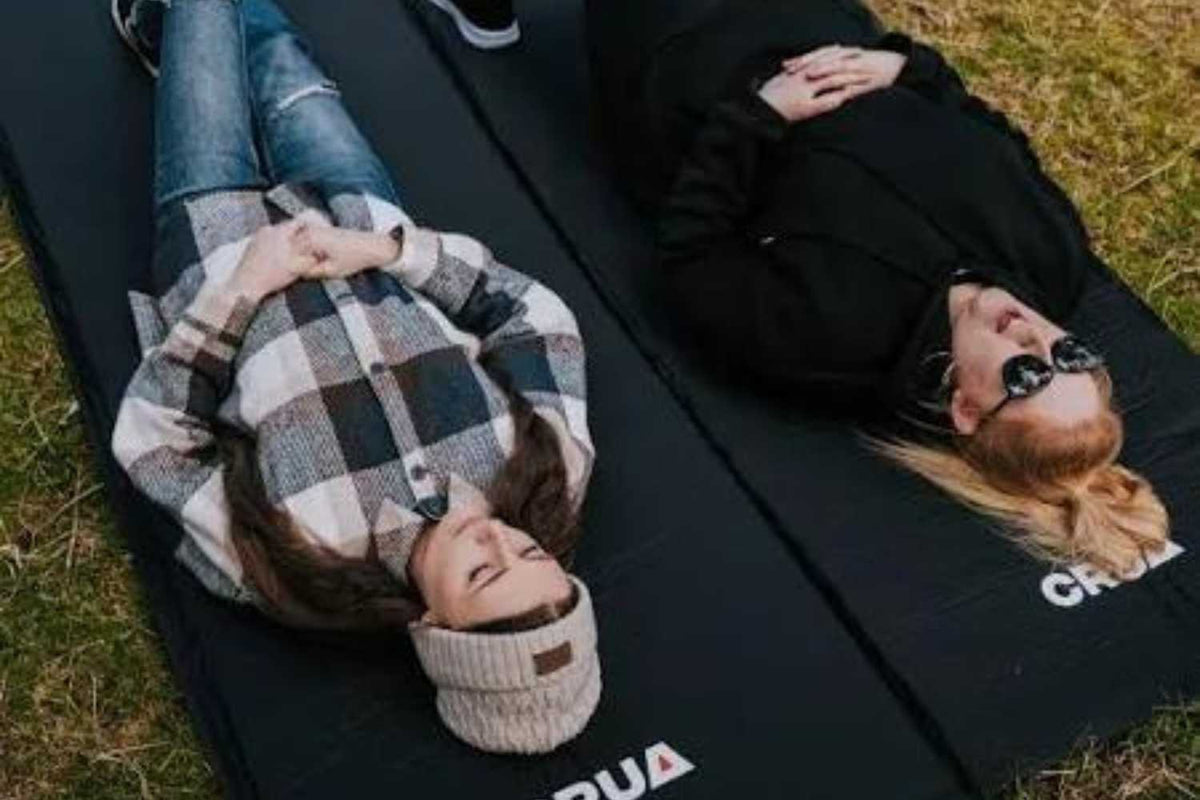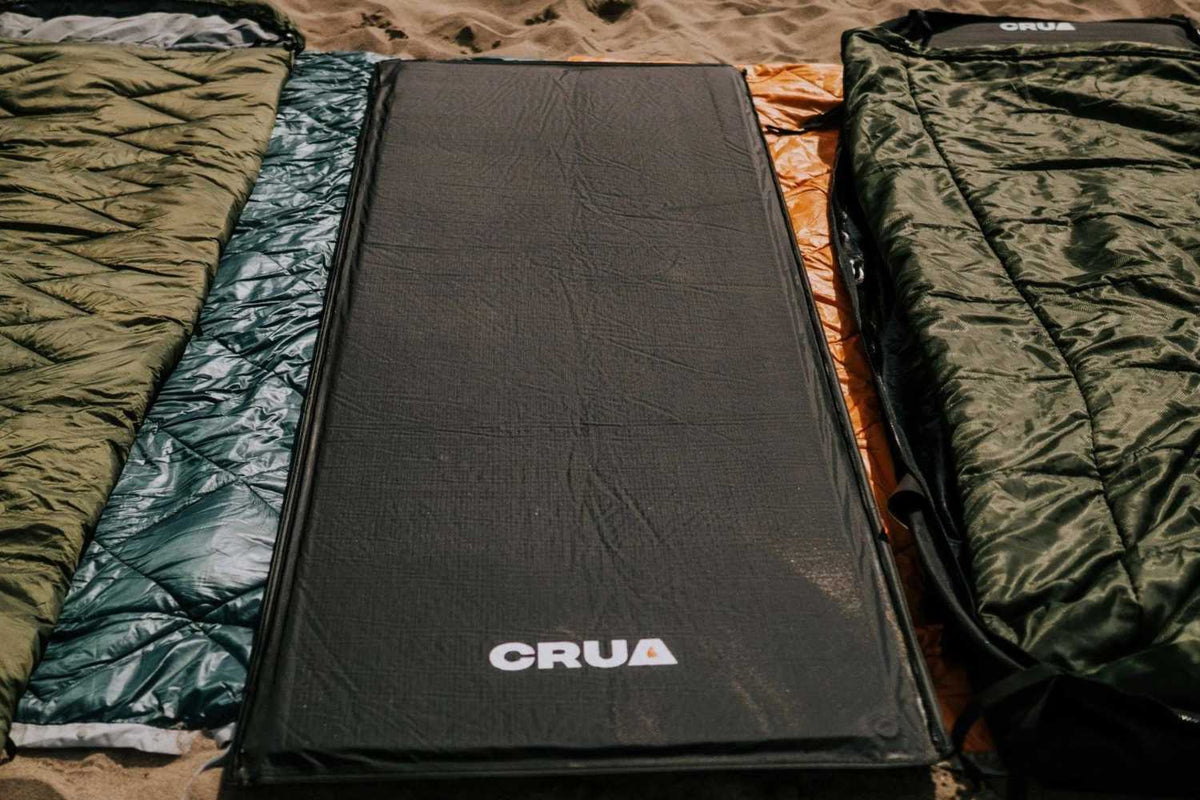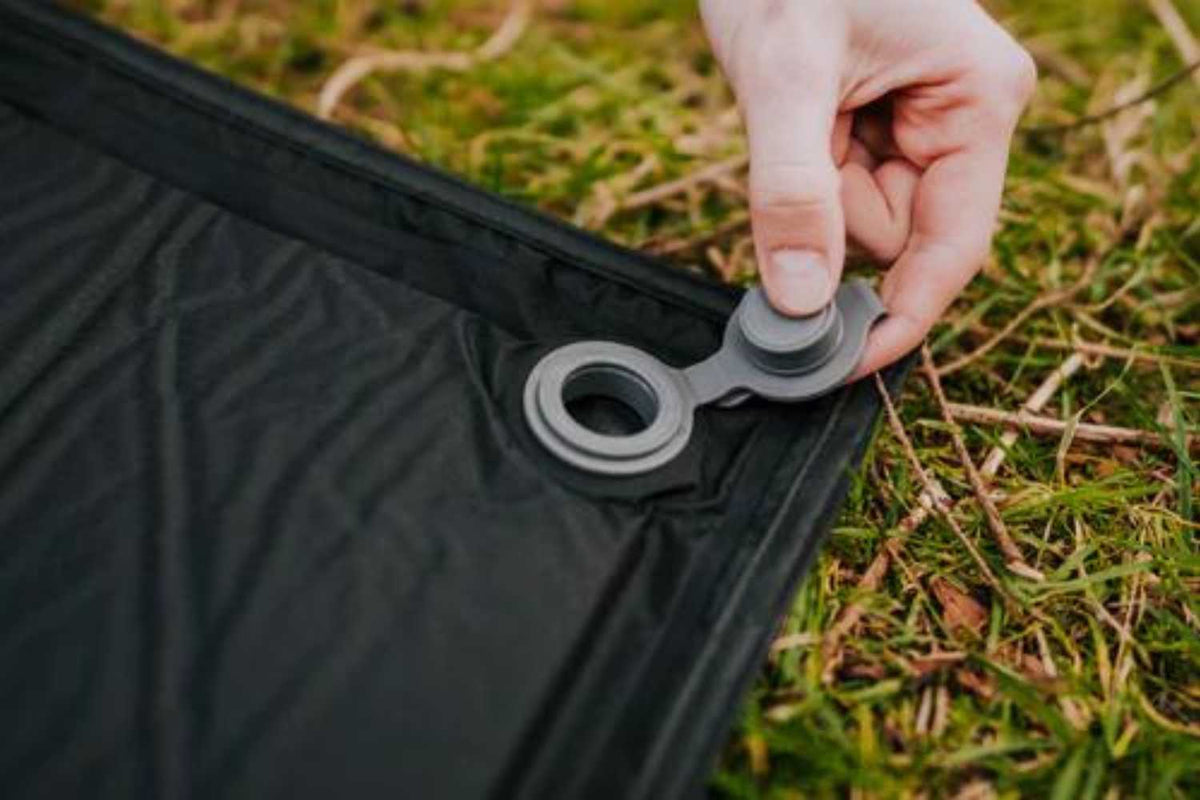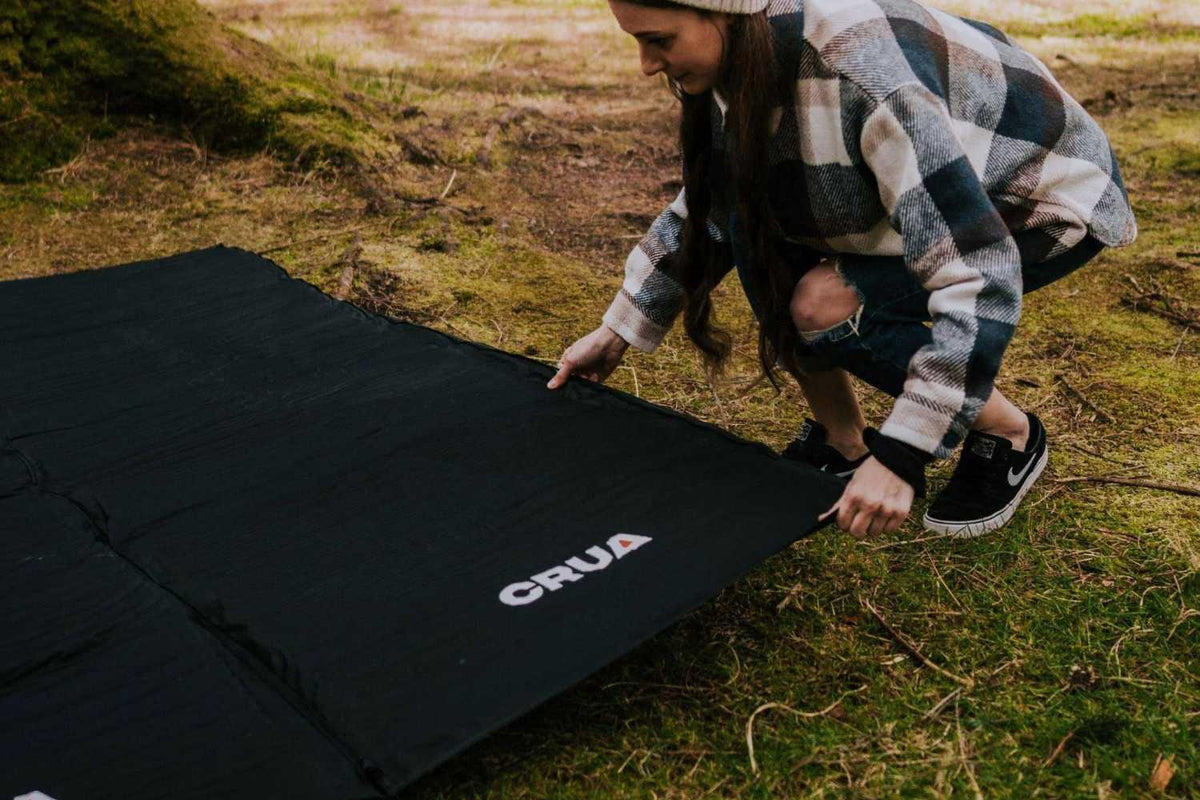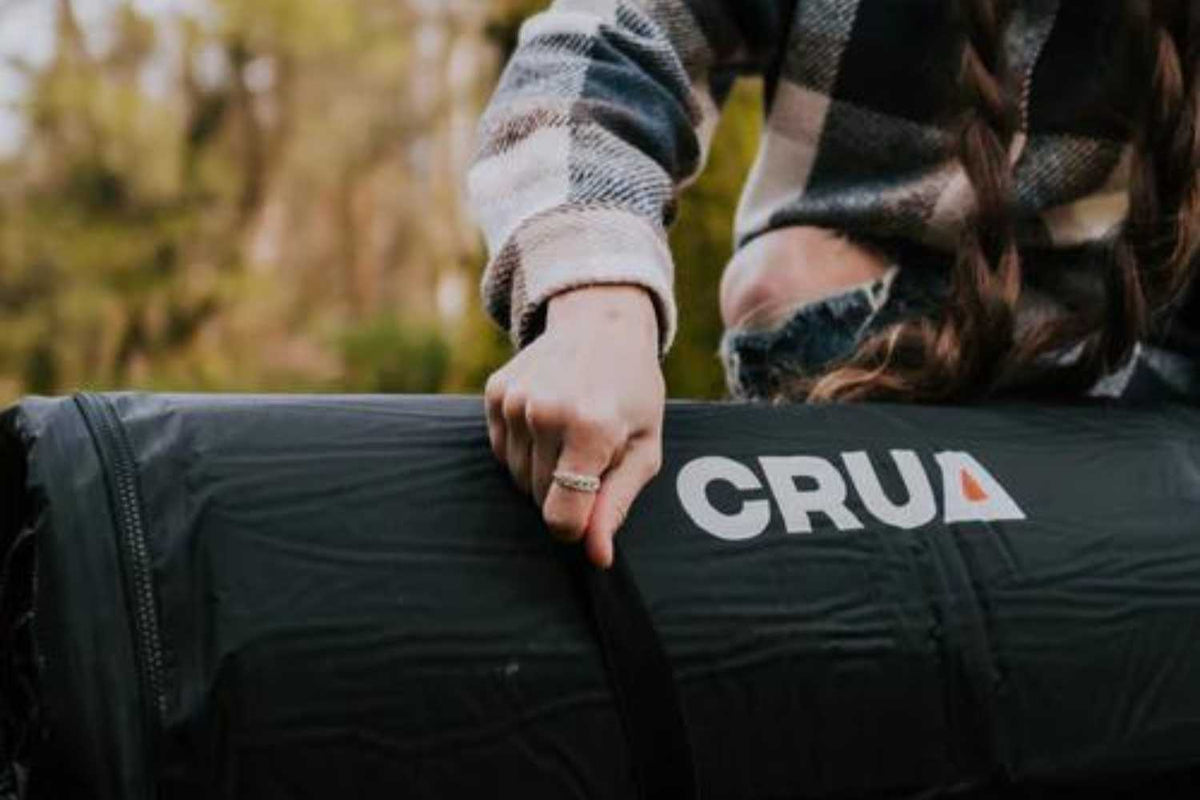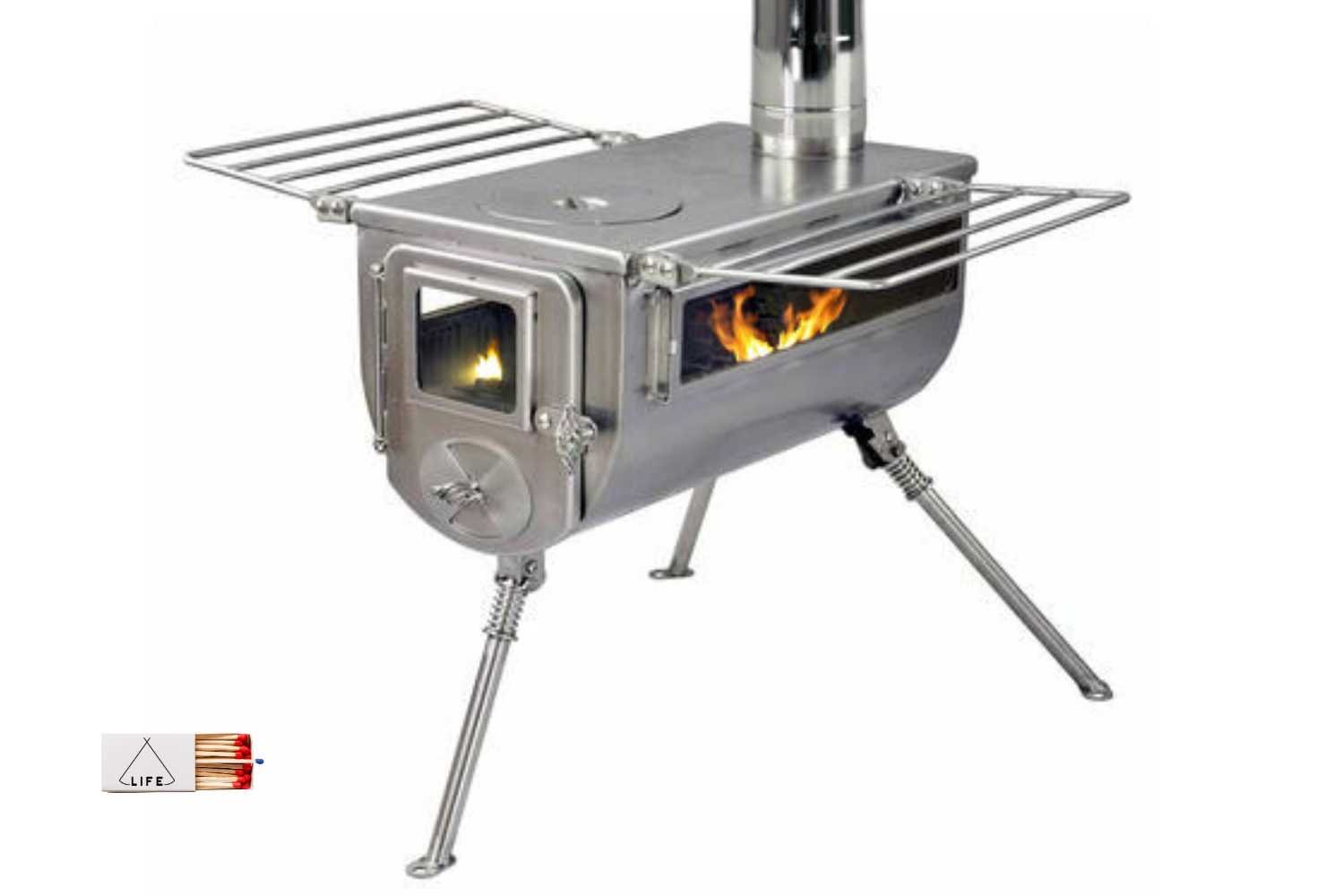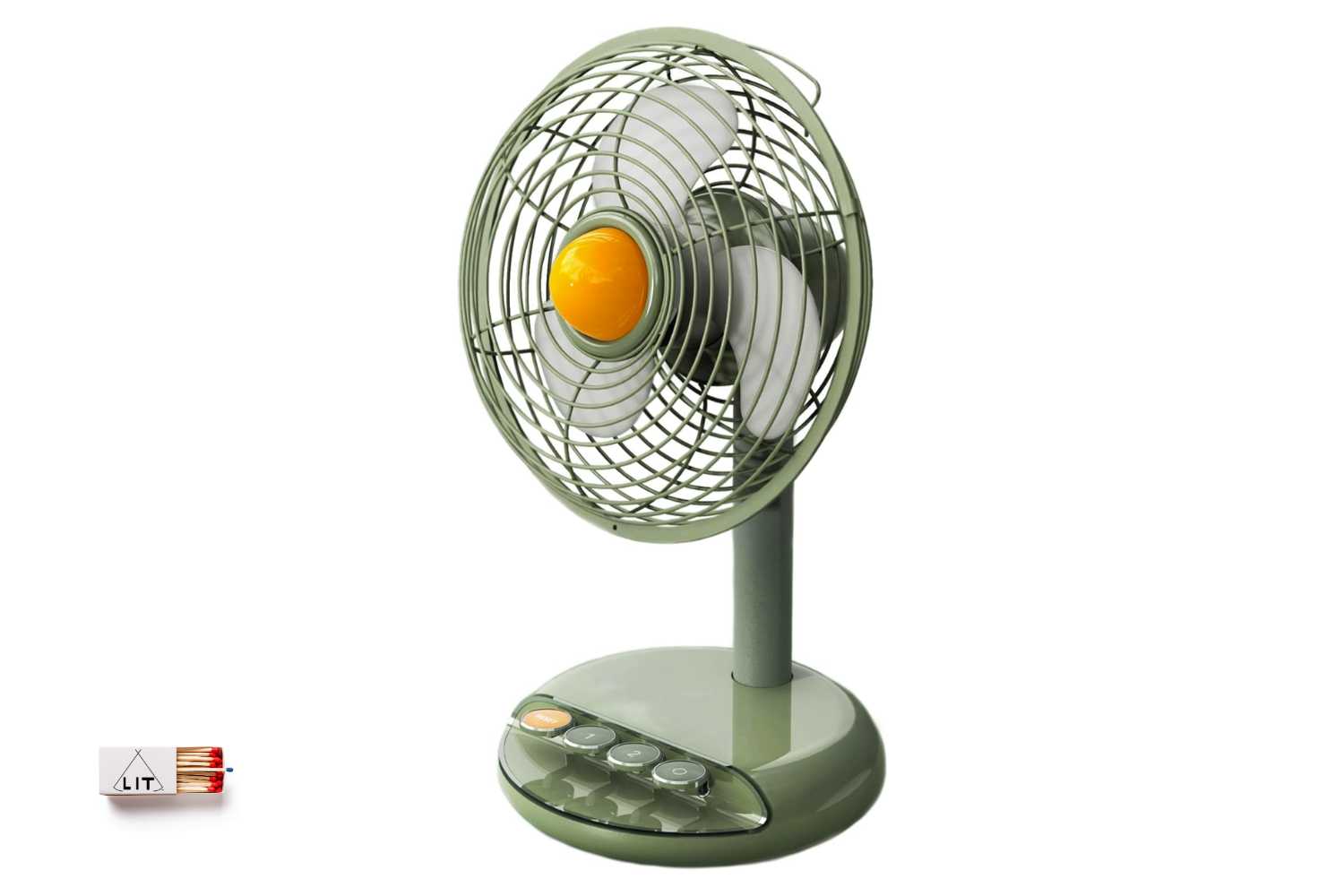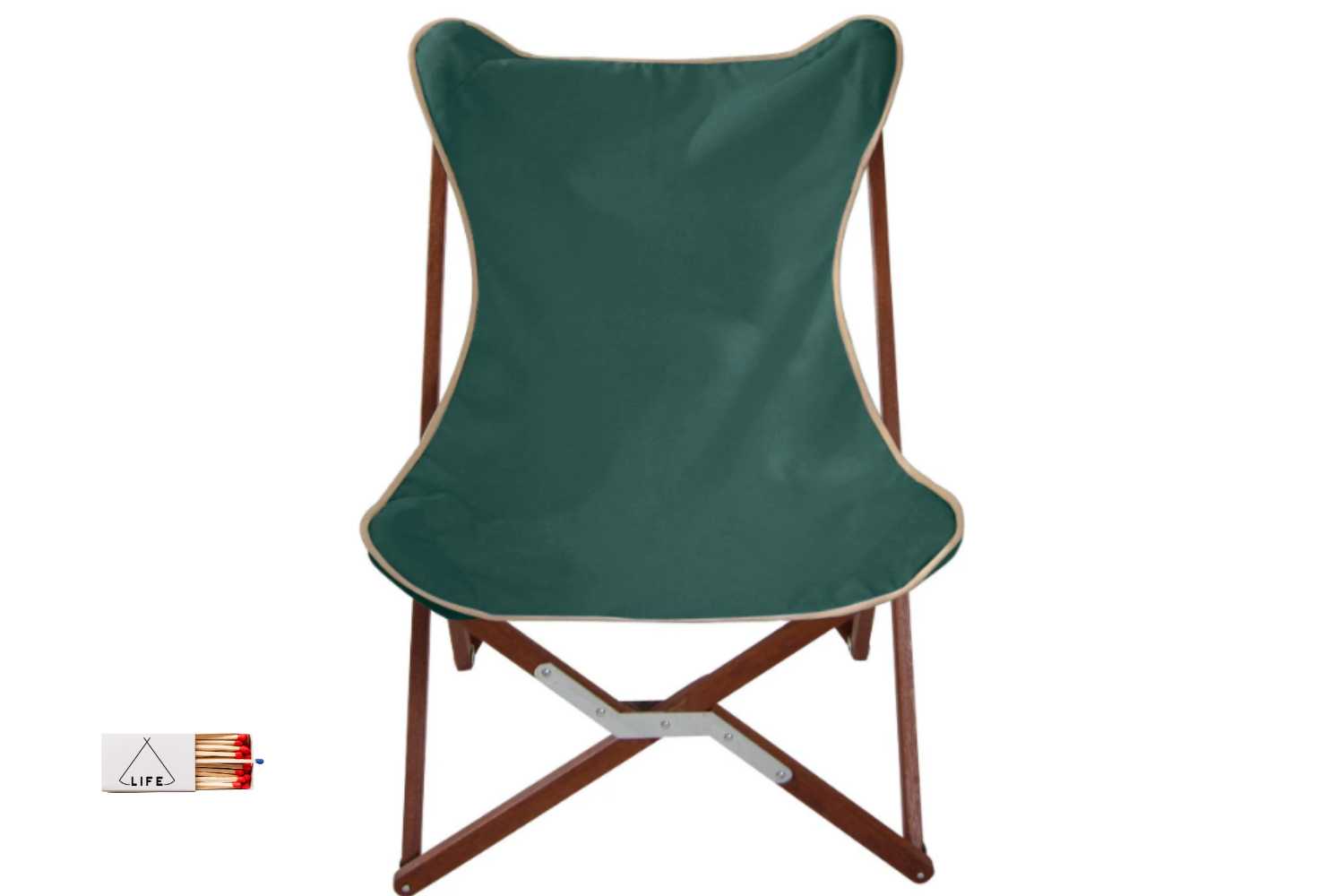PAY NO SALES TAX
Questions? CALL 971-220-8368
Free Shipping

Pay No Sales Tax
30-Month Warranty
PAY NO SALES TAX
Questions? CALL 971-220-8368
Tents
Shop

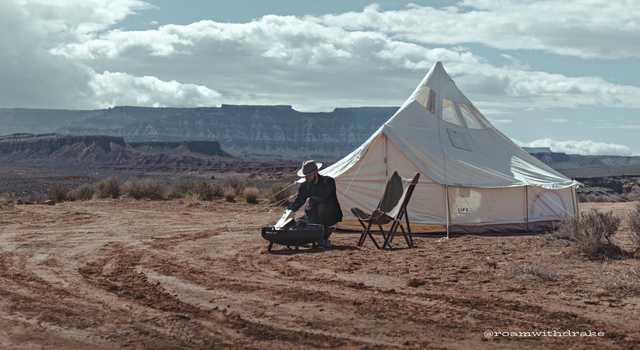
Sleeping Bags & Pads
Shop our collection of camping sleeping bags and pads cots to sleep comfortable on your next adventure.
Camping Sleeping Bag And Pads
FREE SHIPPING
Choosing Your Perfect Sleeping Bag: A Warm and Comfortable Companion
A sleeping bag is an essential piece of gear for any camping trip. It should keep you warm and comfortable, allowing you to get a good night's sleep under the stars. But with so many options available, choosing the right one can be overwhelming. Here's a quick guide to help you navigate the world of sleeping bags:
Temperature Rating:
- This is the most crucial factor. Consider the coldest temperatures you expect to encounter while camping. Sleeping bag temperature ratings are guidelines, and individual comfort can vary. Opt for a bag rated 10-15 degrees lower than the anticipated low for better peace of mind.
Fill Material:
- Down is highly compressible and very warm, but it loses insulation when wet and requires special care. Synthetic fills are more affordable, dry faster, and retain some insulating ability even when damp at camp.
Shape:
- Mummy sleeping bags are form-fitting and offer the best warmth-to-weight ratio. Rectangular sleeping bags provide more wiggle room but are less efficient at trapping heat. Consider how much you value warmth versus comfort.
Other Features:
- Look for features like a draft collar, a footbox for added warmth, and a quality hood to keep your head cozy. Consider a bag with a stuff sack for compact storage.
Bonus Tip:
- A sleeping bag liner can add a few extra degrees of warmth and extend the lifespan of your sleeping bag by keeping the inside clean.
By considering these factors, you can choose a sleeping bag that will keep you warm, comfortable, and ensure a restful sleep on your next camping adventure.
Choosing A Sleeping Pad For Camping:
A sleeping pad will shield you from the cold ground, preventing heat loss and keeping you comfortable. Here's a quick guide to choosing a sleeping pad for your next camping adventure.
Consider these factors before you buy:
-
Climate: If you're camping in cold weather, prioritize a pad with a high R-value (resistance value). A higher R-value indicates greater insulating power. For three-season camping, an R-value of 2 to 4 is ideal. For colder temperatures, you'll want something higher.
-
Size and Weight: Backpacking often requires prioritizing lightweight gear. Consider a shorter pad if you're tall or a thinner pad if weight is a major concern.
-
Sleeping Style: Side sleepers may benefit from a thicker pad for better hip and shoulder cushioning.
- Comfort:Choose a pad that feels comfortable when lying on it in the store. Consider your sleeping style and how much padding you prefer.
Here are the three most common types of sleeping pads:
-
Self-inflating pads: These pads are filled with open-cell foam that expands when you open a valve. They are comfortable, relatively inexpensive, and easy to use. However, they can be bulky and heavy.
-
Air pads: These pads are filled with air and are very lightweight and packable. However, they can be less comfortable than self-inflating pads and may not provide as much warmth. Some air pads come with insulation built-in to address this.
- Closed-cell foam pads: These pads are the simplest and most affordable option. They are lightweight and durable, but they can be less comfortable than other types of pads.
BECOME AN INSIDER
We’ll periodically share inspiration, bell tent releases, special offers, and event notifications with ya.



